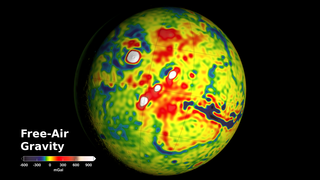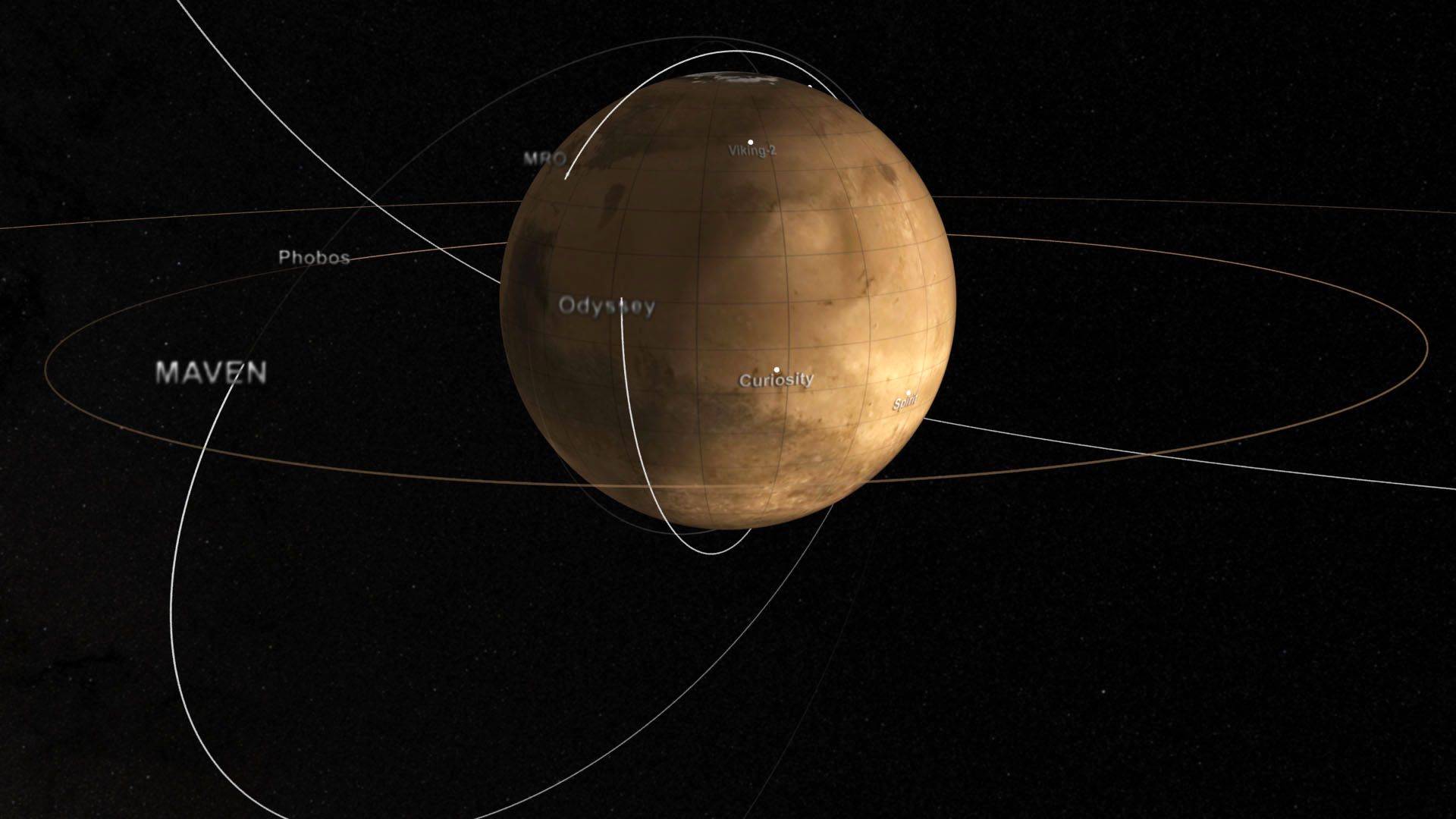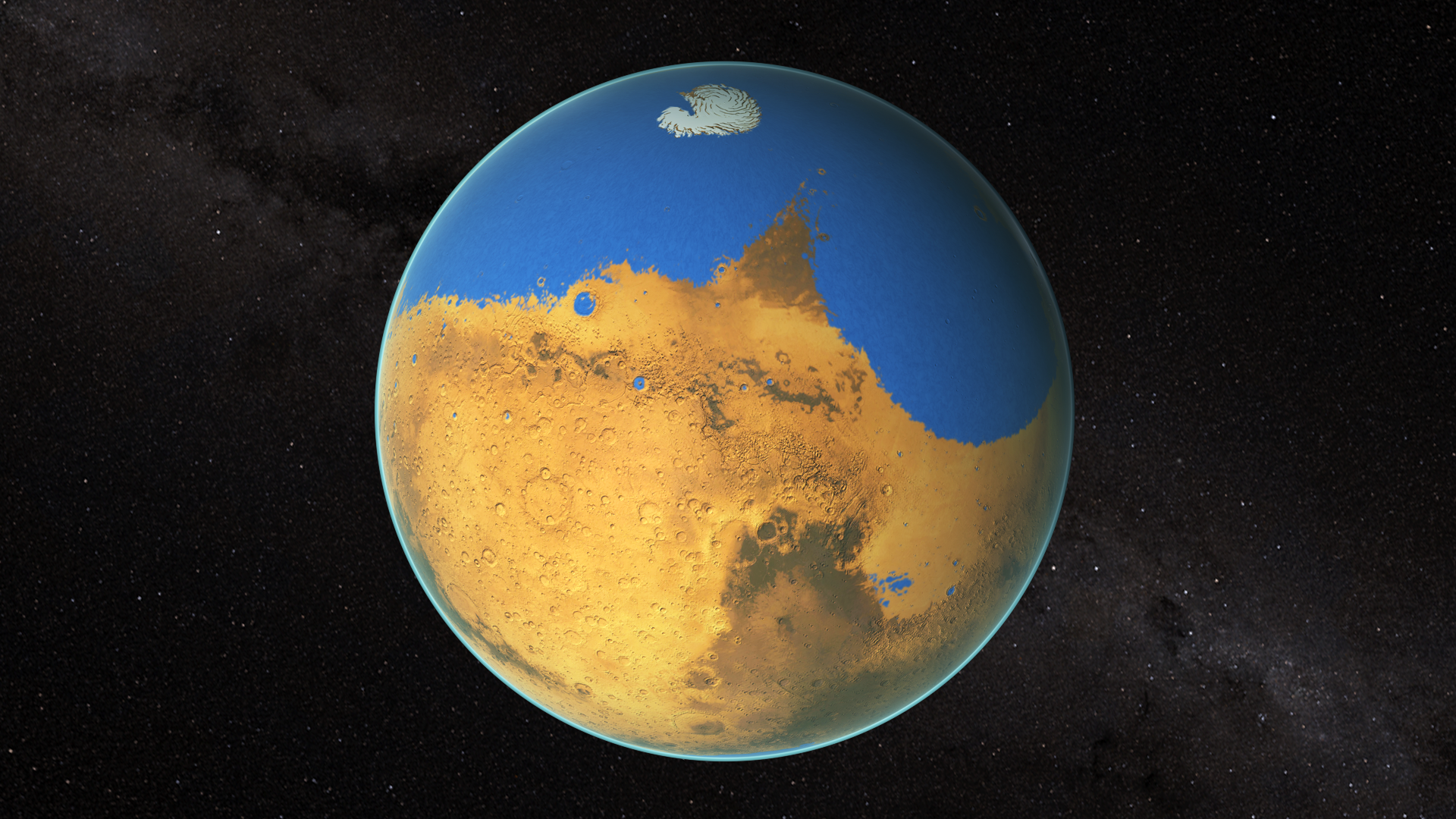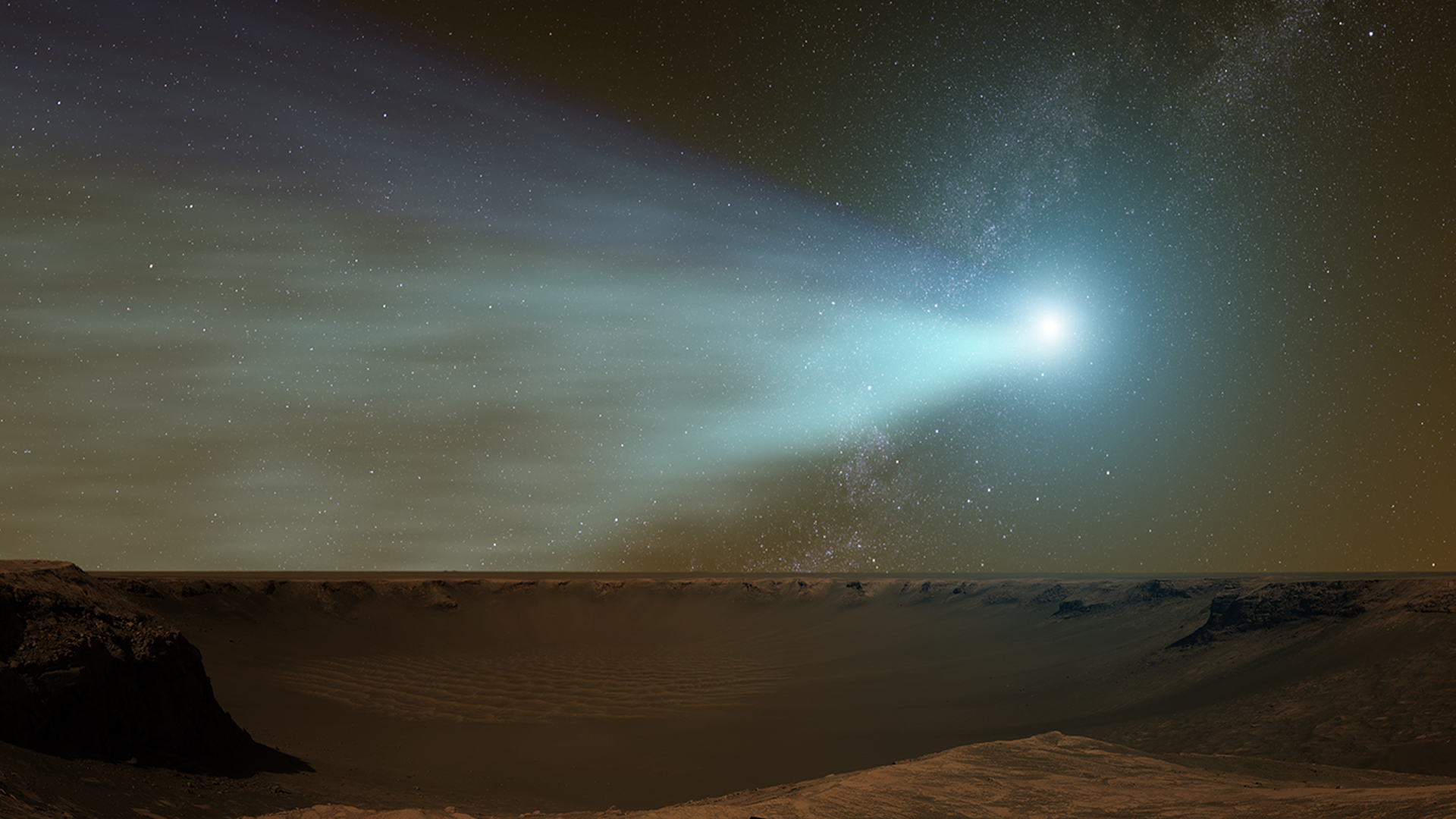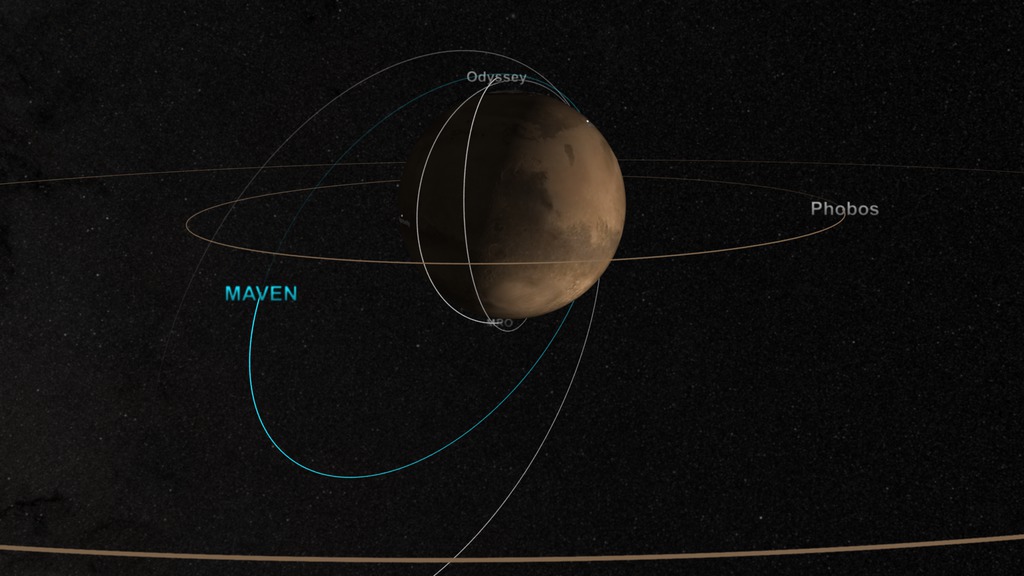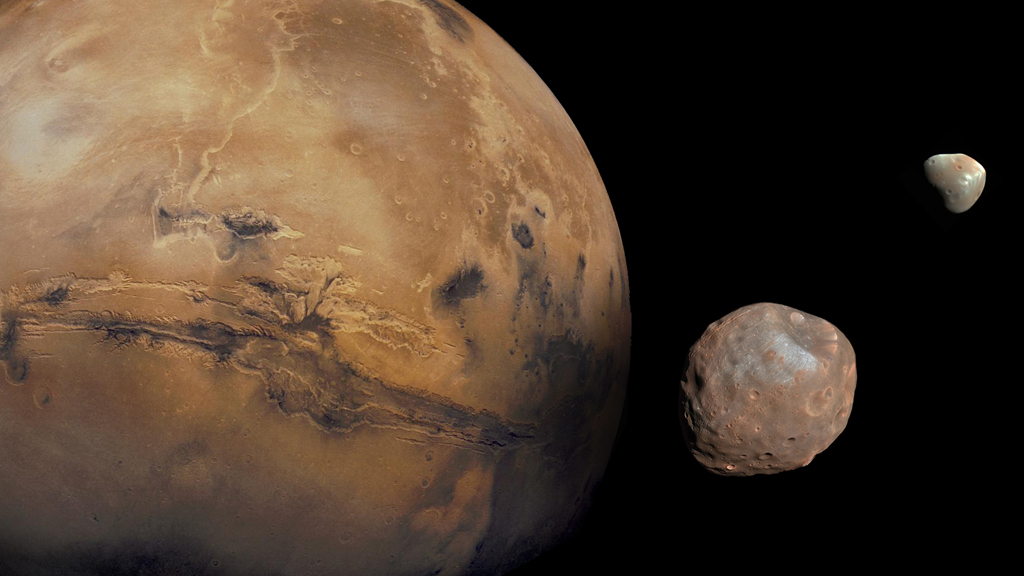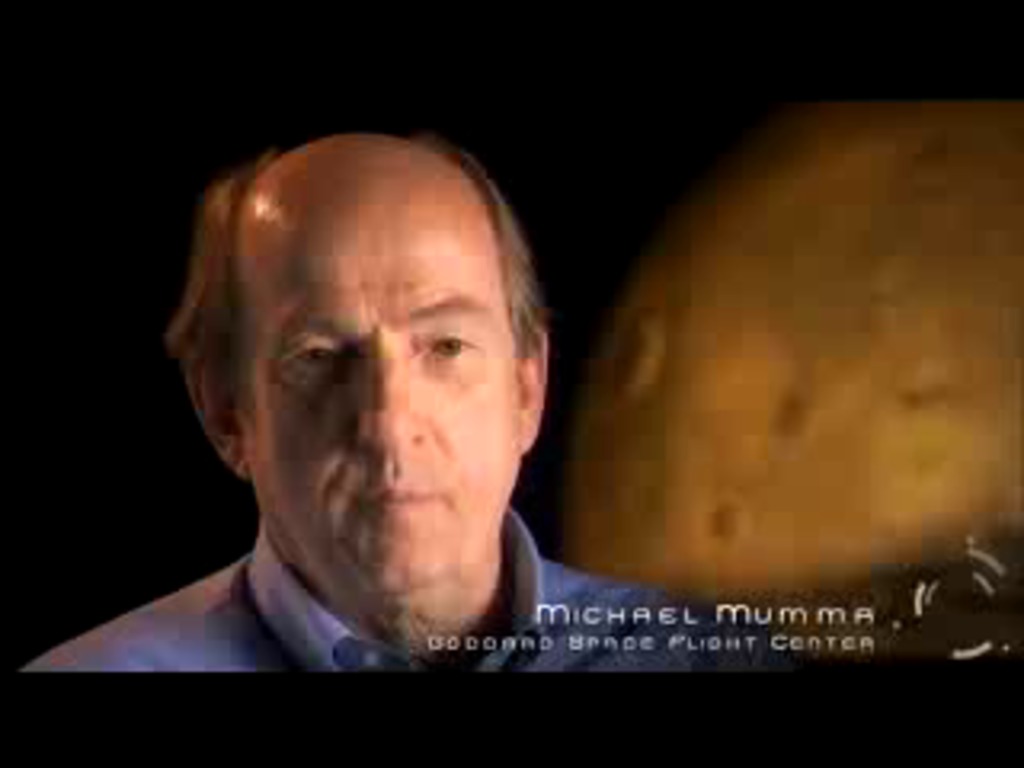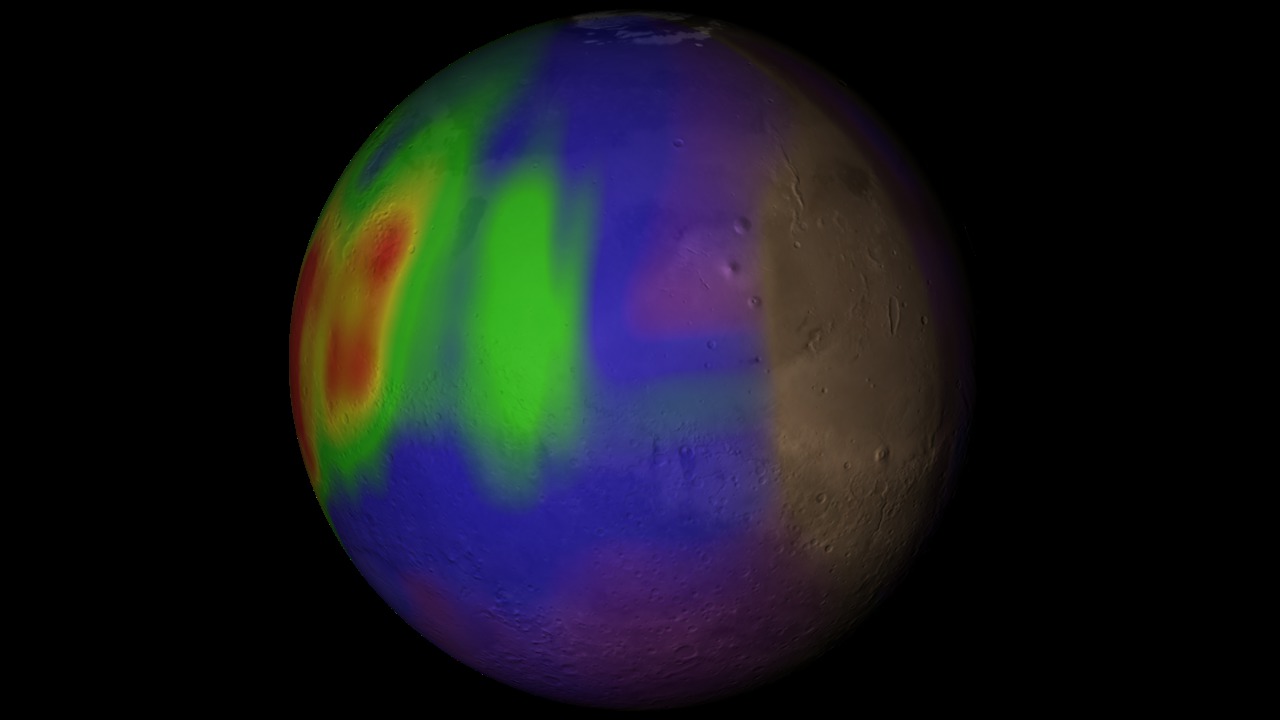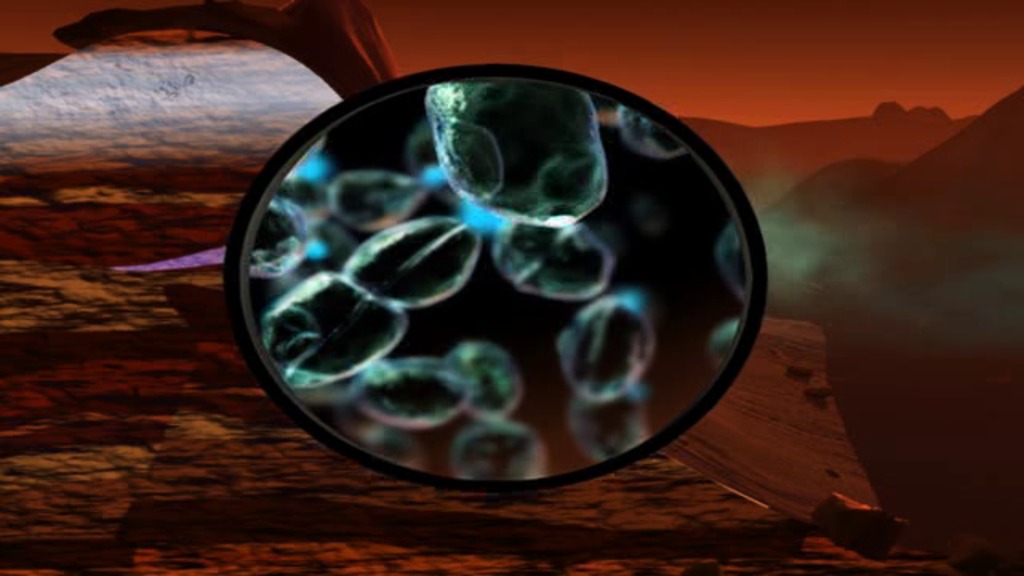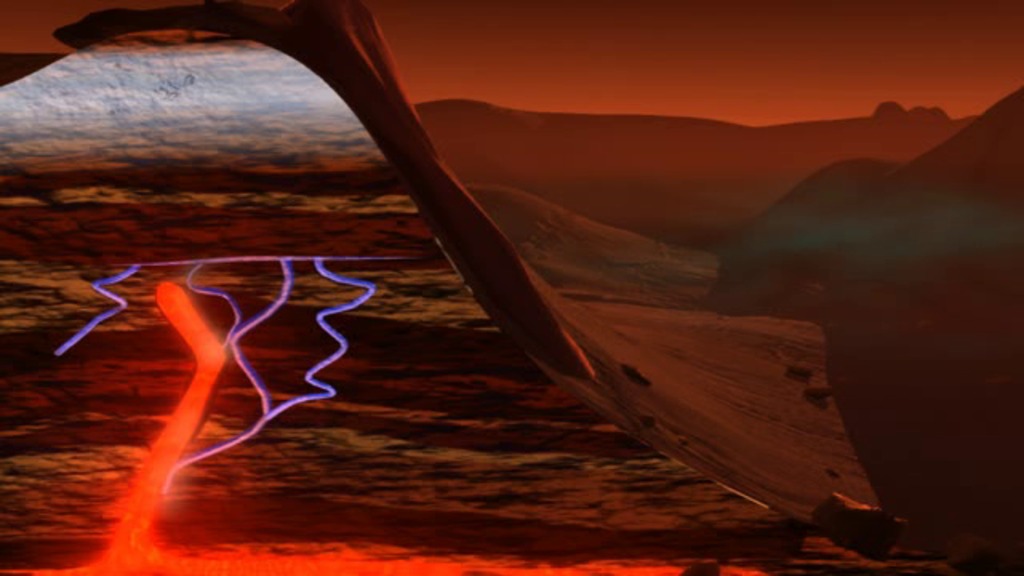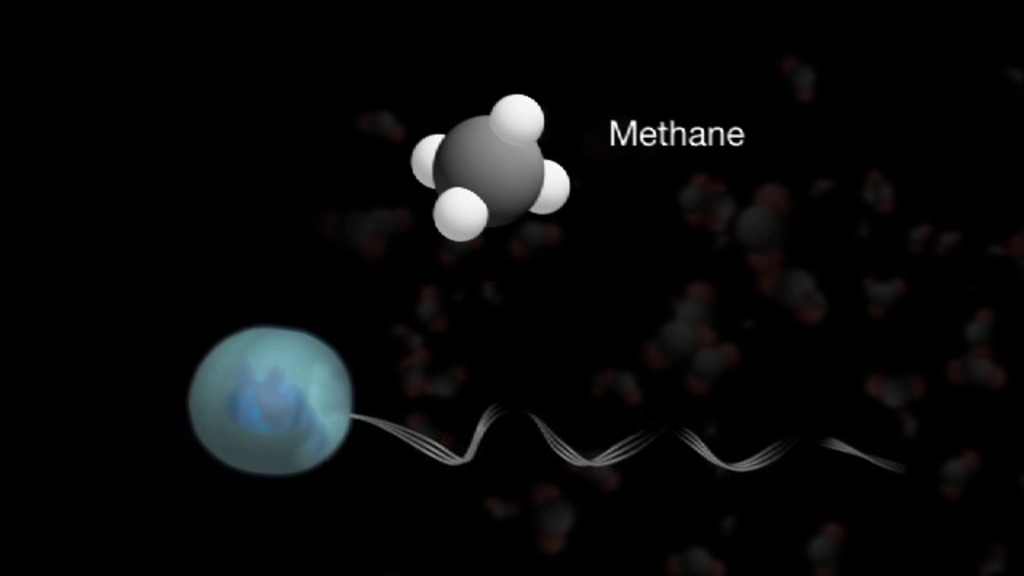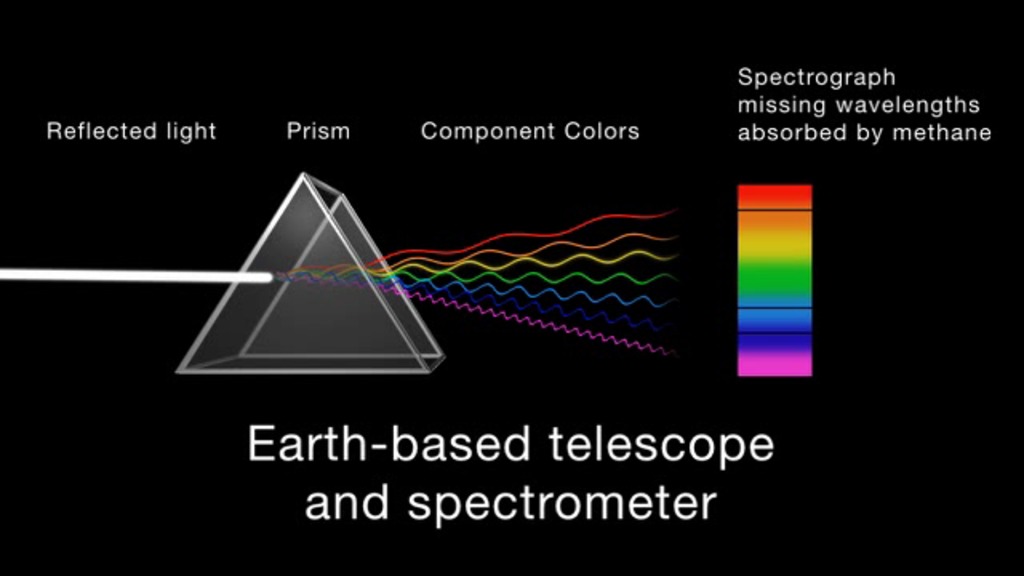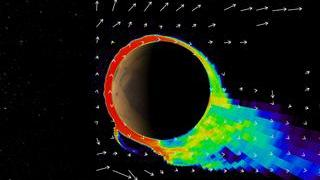Mars Missions and Science
Overview
This multimedia gallery assembles and organizes Mars content on the Scientific Visualization Studio website. Highlights of NASA Goddard Space Flight Center’s animations, visualizations, videos, images and graphics relating to Mars science and missions can be found here.
Instrument: MOMA
The Mars Organic Molecule Analyzer (MOMA) is the largest and most complex instrument on the European Space Agency's Rosalind Franklin rover. MOMA was built by NASA, and will search for evidence of past or present life on Mars.
Searching for Signs of Life on Mars
Go to this pageThe European Space Agency's Rosalind Franklin rover will search for signs of life on Mars, using a NASA-built instrument called MOMA. Complete transcript available.Watch this video on the NASA Goddard YouTube channel.Music provided by Killer Tracks: "Fast Motion" by Stephen Daniel Lemaire, "Game Show Spheres 5-6" by Anselm Kreuzer, "Floating" by Ben Niblett & Jon Cotton || ExoMarsPreview.jpg (1920x1080) [175.9 KB] || ExoMarsPreview_searchweb.png (320x180) [80.6 KB] || ExoMarsPreview_thm.png (80x40) [6.3 KB] || TWITTER_720_12962_MOMA_Profile_Master_APR_twitter_720.mp4 (1280x720) [69.5 MB] || 12962_MOMA_Profile_Master.webm (960x540) [125.9 MB] || FACEBOOK_720_12962_MOMA_Profile_Master_APR_facebook_720.mp4 (1280x720) [377.8 MB] || YOUTUBE_1080_12962_MOMA_Profile_Master_APR_youtube_1080.mp4 (1920x1080) [510.9 MB] || 12962_MOMA_Profile_Master_youtube_hq.mov (1920x1080) [856.3 MB] || 12962_MOMA_Profile_Master_APR_Output.en_US.srt [6.0 KB] || 12962_MOMA_Profile_Master_APR_Output.en_US.vtt [6.0 KB] || 12962_MOMA_Profile_Master_APR.mov (1920x1080) [7.2 GB] ||
Mars Organic Molecule Analyzer: Animations
Go to this pageMOMA uses ultraviolet laser pulses to release and ionize organic compounds captured within crushed Martian surface and near-surface materials. Because each laser pulse lasts less than two billionths of a second, this process effectively ionizes more heat-resistant materials than those accessed by traditional oven-heating (pyrolysis) methods. Pulsed laser processing preserves weak molecular bonds, and enables the identification of organic compounds even in the presence of highly reactive perchlorates commonly found in Martian surface materials. || MOMAposterFull.jpg (1920x1080) [130.9 KB] || MOMAposterFull_print.jpg (1024x576) [73.3 KB] || MOMAposterFull_searchweb.png (320x180) [36.8 KB] || MOMAposterFull_web.png (320x180) [36.8 KB] || MOMAposterFull_thm.png (80x40) [3.7 KB] || ldms (1920x1080) [0 Item(s)] || MOMA-LDMS_h264.mp4 (1920x1080) [91.5 MB] || MOMA-LDMS_1080p60.mp4 (1920x1080) [24.4 MB] || MOMA-LDMS_1080p60.webm (1920x1080) [8.3 MB] || MOMA-LDMS.mov (1920x1080) [2.1 GB] || Moma-LDMS.hwshow [67 bytes] ||
Mars Organic Molecule Analyzer: Footage
Go to this pageThe Mars Organic Molecule Analyzer, or MOMA, is a miniaturized, highly sophisticated organic chemistry laboratory headed to the red planet aboard ESA's Rosalind Franklin rover (formerly ExoMars). The MOMA mass spectrometer subsystem and main electronics were built and tested at NASA's Goddard Space Flight Center. This editor's resource page contains video footage and images of MOMA in broadcast resolution. ||
Instrument: SAM
The Sample Analysis at Mars (SAM) suite of instruments in the Mars Science Laboratory (Curiosity) rover is designed to study the present and past habitability of Mars by exploring molecular and elemental chemistry relevant to life.
- Produced Video
- Produced Video
- Produced Video
- Produced Video
- Produced Video
- Produced Video
- Produced Video
- Produced Video
- Produced Video
- Produced Video
- Produced Video
- Produced Video
- Produced Video
Mission: MAVEN
MAVEN is the first spacecraft devoted to understanding the upper atmosphere of Mars, and its role in the transformation of the Martian climate.
- Produced Video
- Produced Video
- Visualization
- Produced Video
- Produced Video
- Visualization
- Visualization
- Animation
- Produced Video
- Animation
- Produced Video
- Produced Video
- Produced Video
- Produced Video
- Produced Video
- Produced Video
- Visualization
- Visualization
- Produced Video
- Produced Video
- Animation
- Visualization
- Animation
- Produced Video
- Produced Video
- Produced Video
- Produced Video
- Visualization
- Produced Video
- Visualization
- Visualization
- Animation
- Produced Video
- Produced Video
- Produced Video
- Animation
- Produced Video
- Produced Video
- Link
- Produced Video
- Produced Video
- Produced Video
- Produced Video
Mars Science
These pages contain animations, data visualizations, videos and graphics related to NASA's Mars Exploration Program.
- Animation
- Animation
- Produced Video
- Produced Video
- Visualization
- Visualization
- Produced Video
- Produced Video
- Produced Video
- Animation
- Visualization
- Visualization
- Produced Video
- Produced Video
- Visualization
- Produced Video
- Produced Video
- Produced Video
- Produced Video
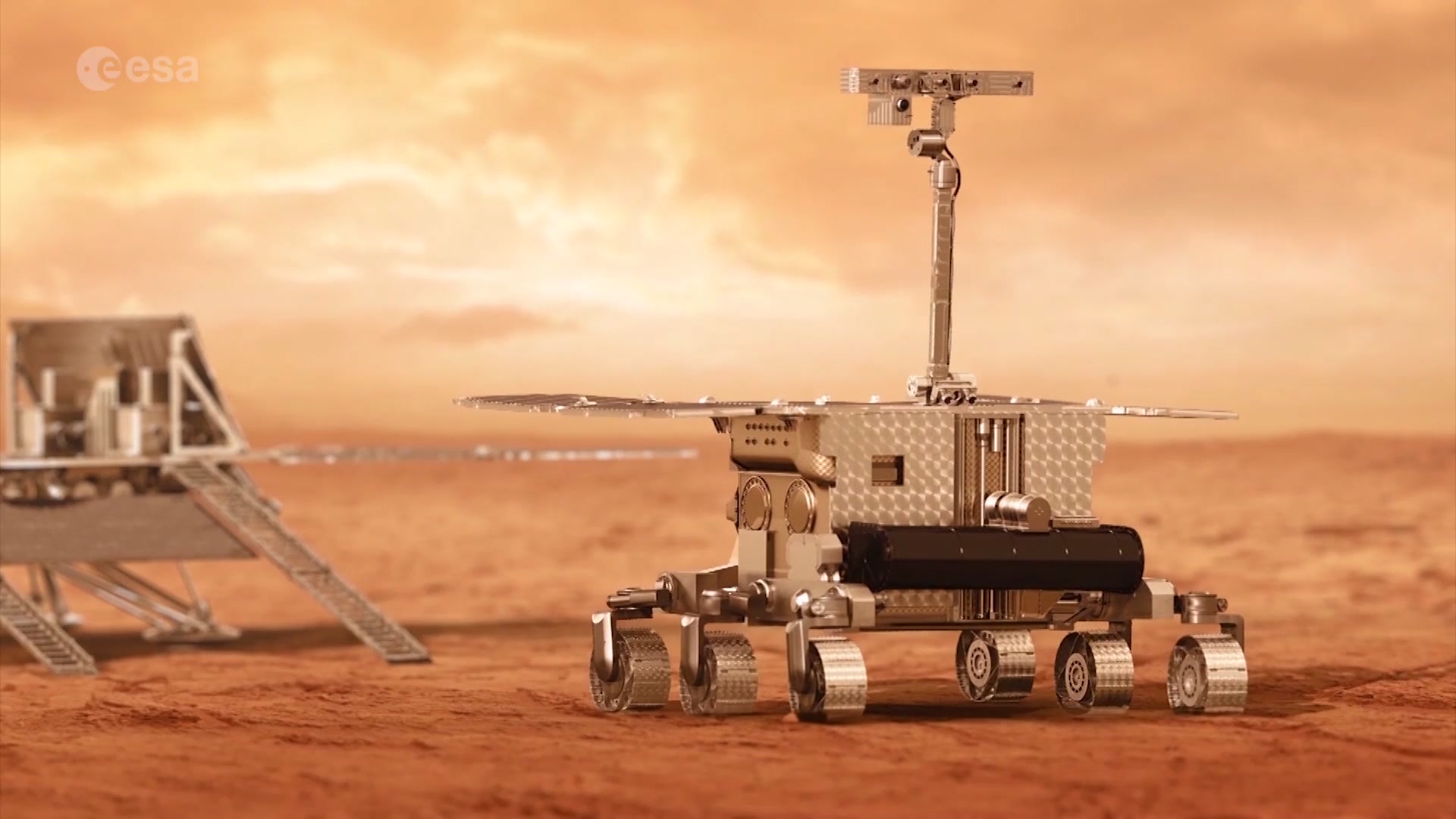

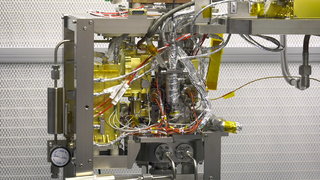
![Researchers analyzing pulverized rock onboard NASA’s Curiosity rover have found the largest organic compounds on the Red Planet to date.Complete transcript available.Universal Production Music: “Labyrinth of Discovery” by Emma Zarobyan [SOCAN]Watch this video on the NASA Goddard YouTube channel.](/vis/a010000/a014800/a014808/Mars_Large_Organics_Thumbnail_V3.jpg)
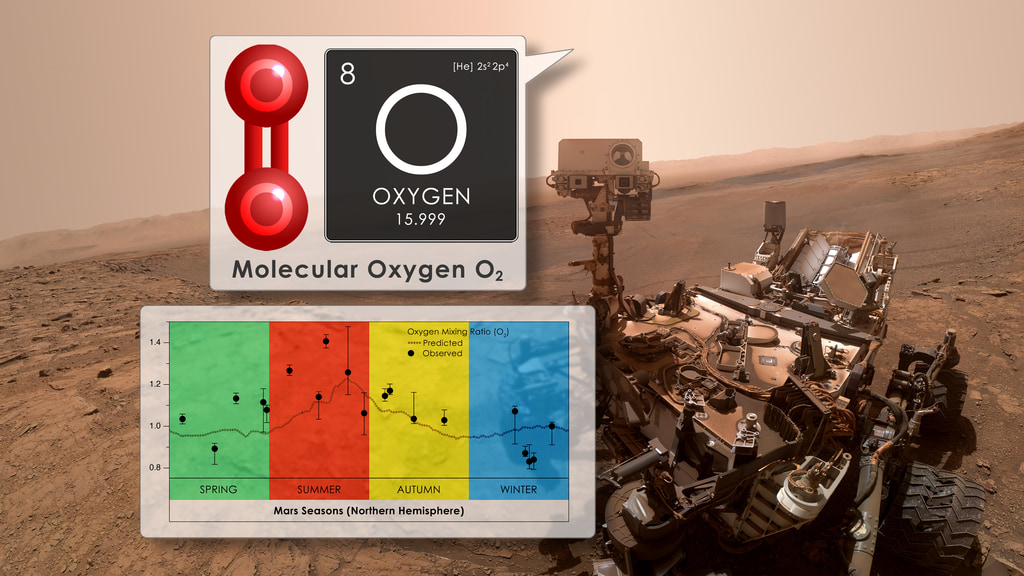
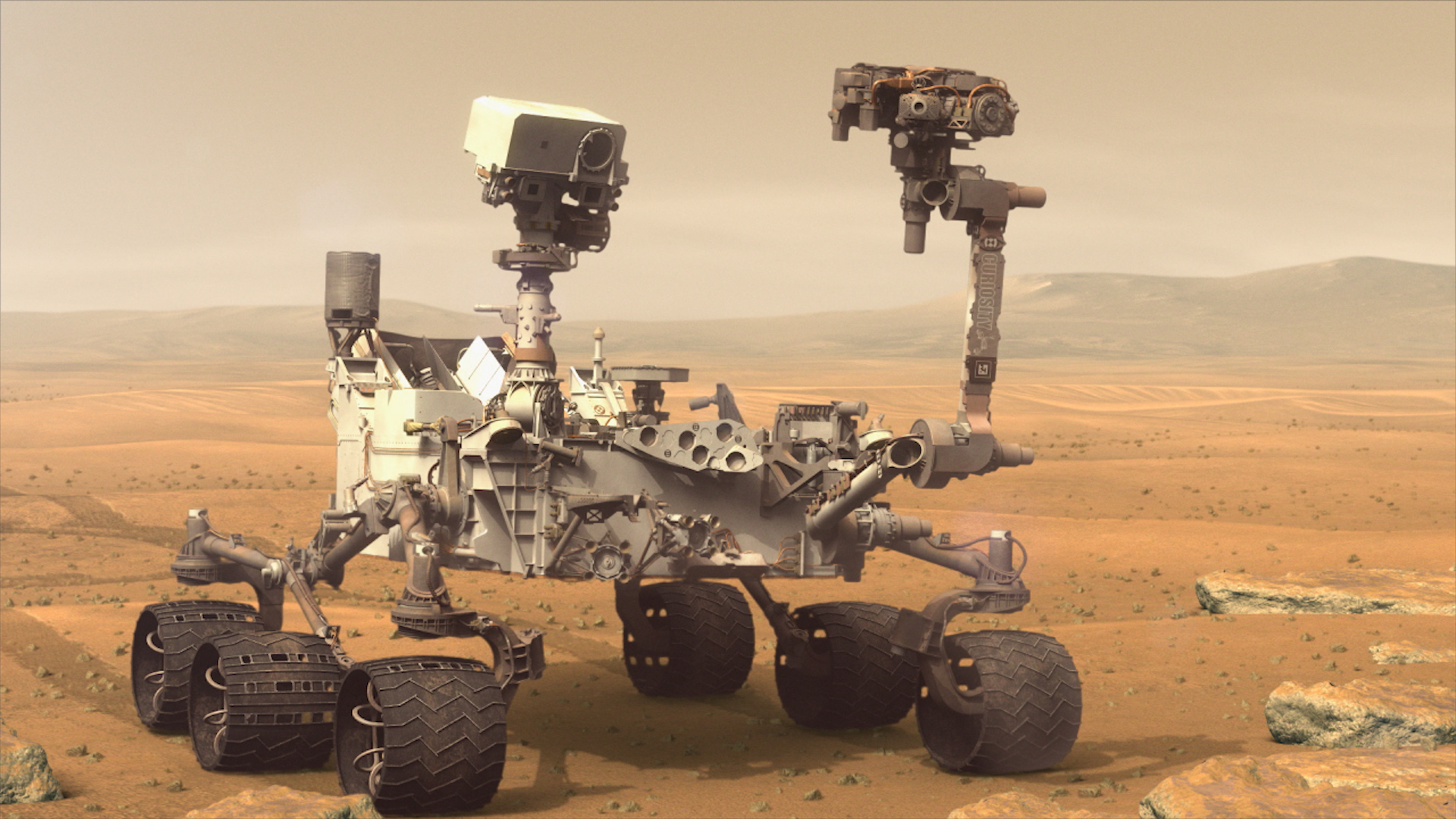
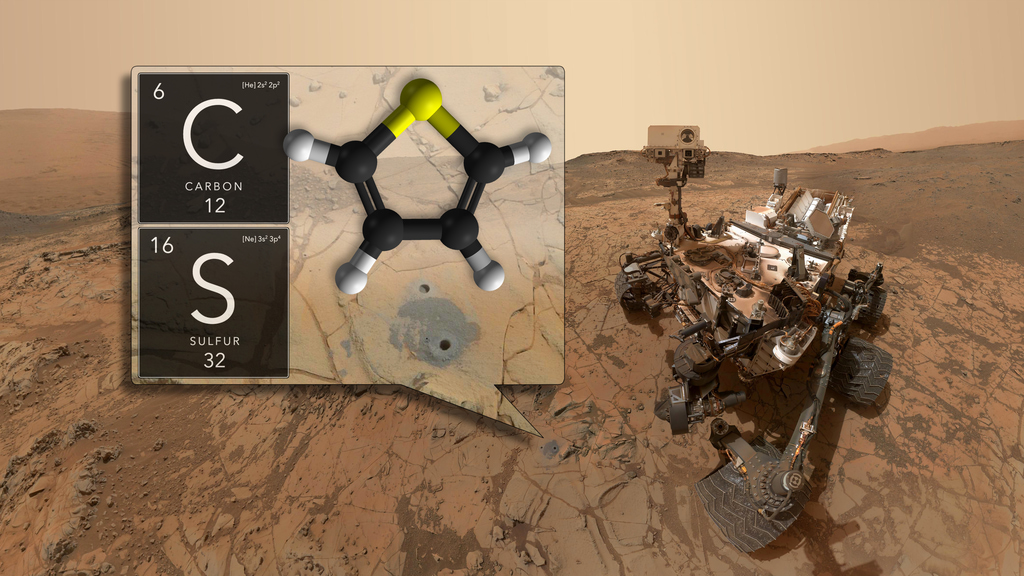
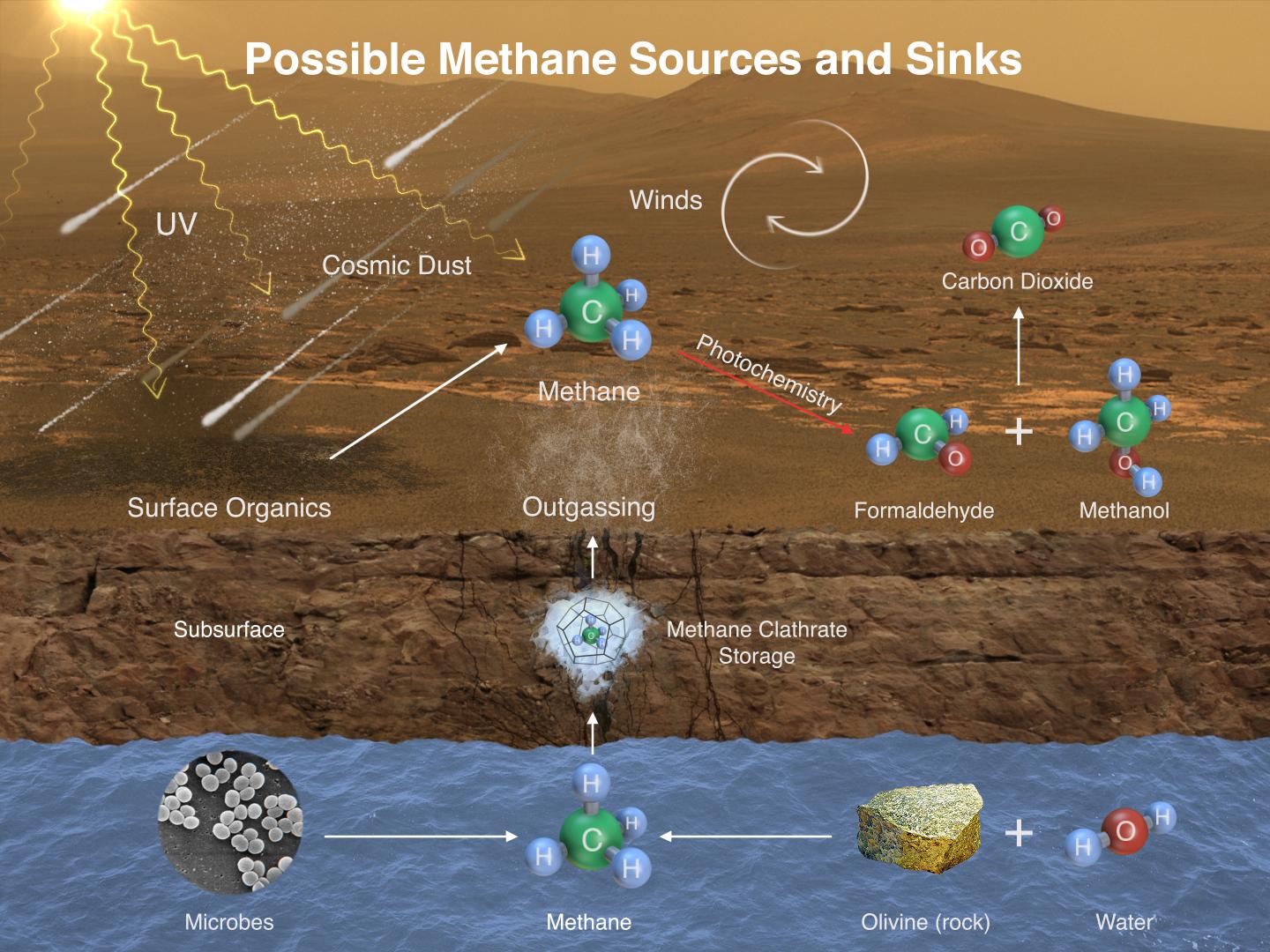

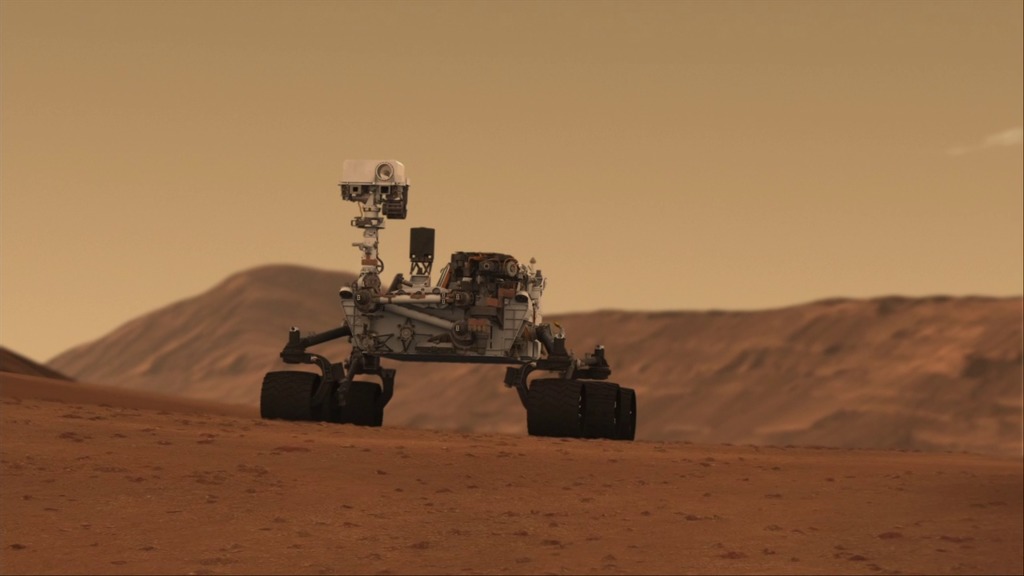
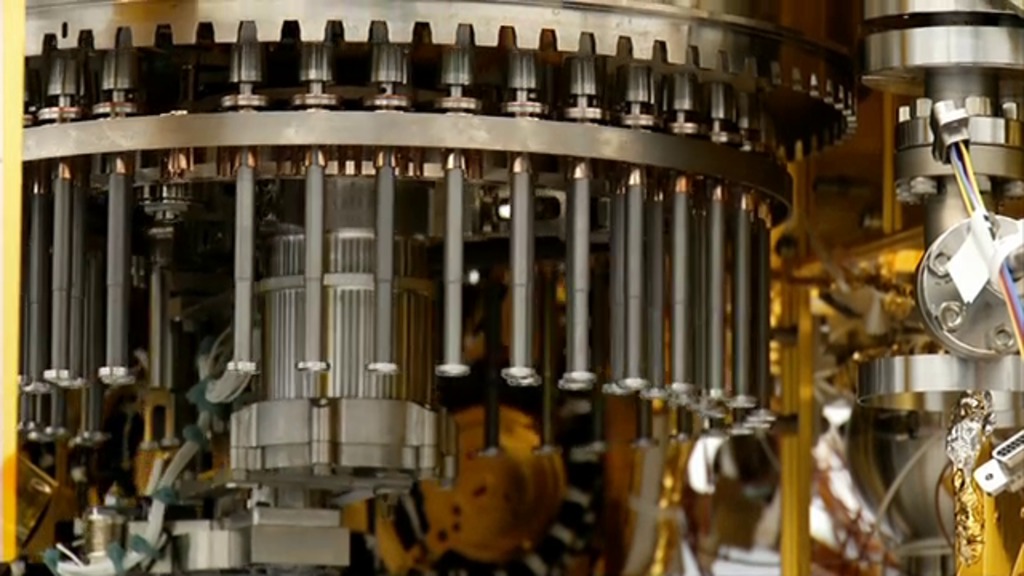

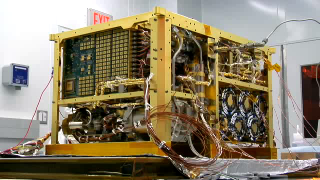

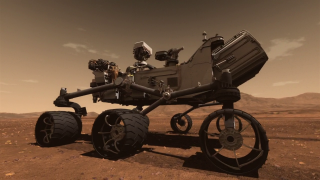

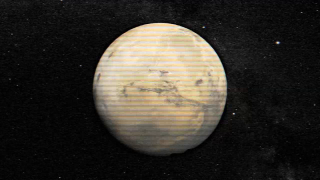
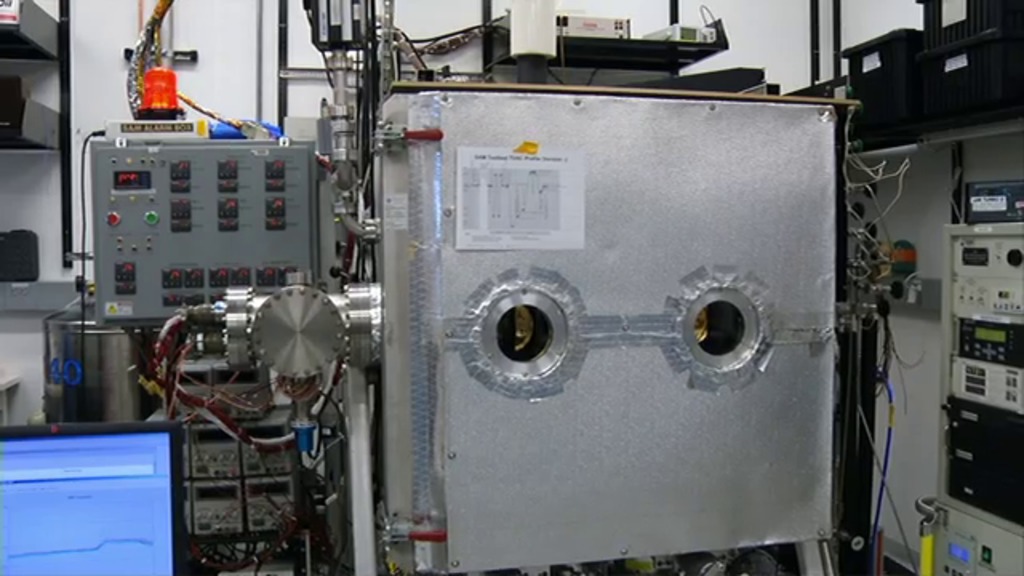
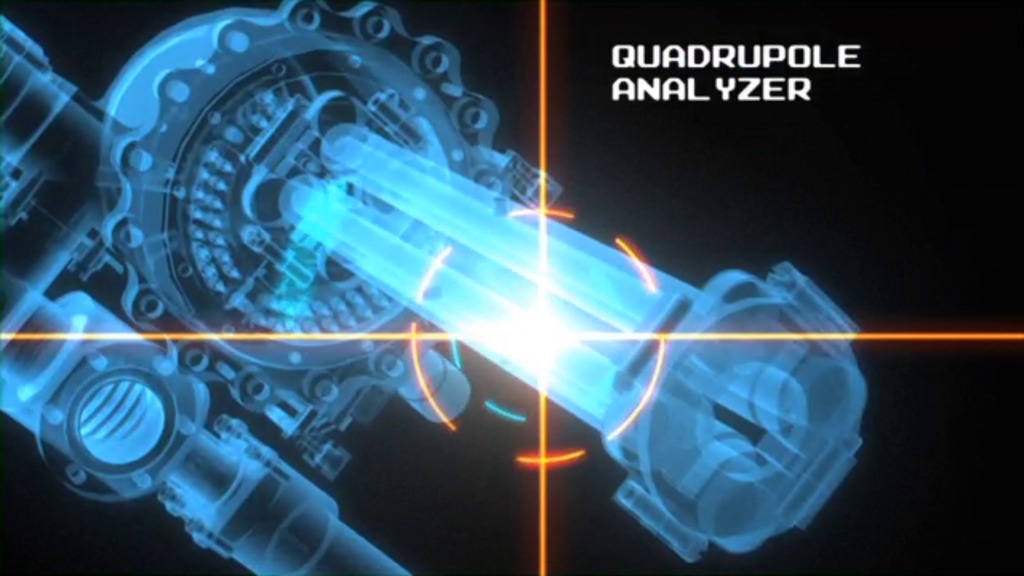
![During its first decade at Mars, MAVEN has helped to explain how the Red Planet evolved from warm and wet into the cold, dry world we see today. Complete transcript available.Universal Production Music: “Executive Deceit” by Samuel Karl Bohn [PRS], Chalk Music [PRS]; “Quasar” by Ross Stephen Gilmartin [PRS], Chappell Recorded Music Library Ltd [PRS]; “Modular Odyssey” and “Synthology” by Laetitia Frenod [SACEM], Koka Media [SACEM]Watch this video on the NASA Goddard YouTube channel.](/vis/a010000/a014600/a014690/MAVEN-10th-Anniversary-Preview.jpg)
![Learn about the “disappearance” of the solar wind at Mars that was witnessed by MAVEN – an event last seen nearly a quarter-century ago at Earth.Complete transcript available.Universal Production Music: “Space Museum” by Harry Gregson Williams [BMI], Atmosphere Music Ltd. [PRS]; “Currents and Crime Scenes” by Dylan Matthew Love and Harry Gregson Williams [BMI], Atmosphere Music Ltd. [PRS]Watch this video on the NASA Goddard YouTube channel.](/vis/a010000/a014400/a014477/MAVEN_Solar_Wind_Disappear_V4.jpg)
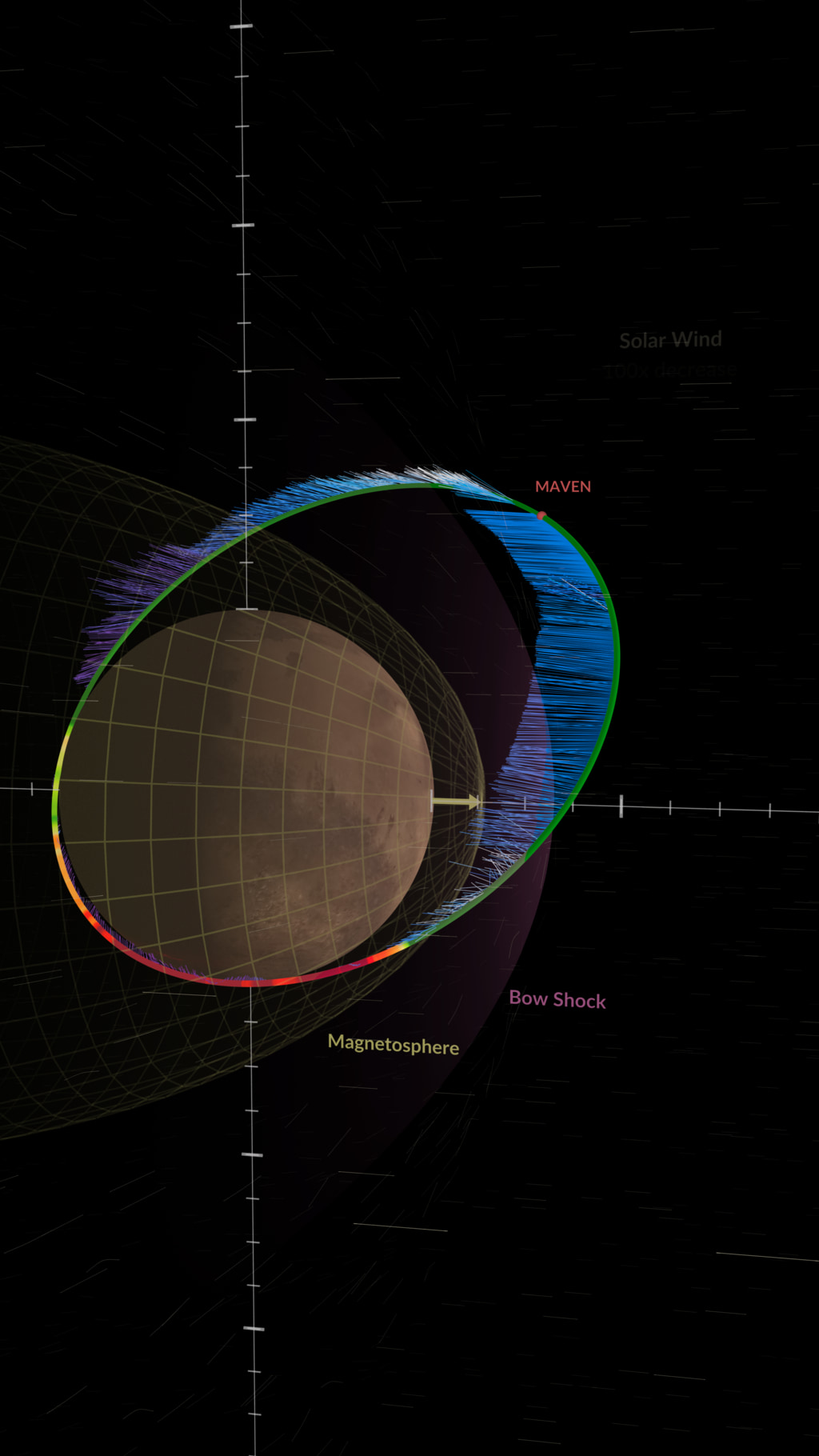
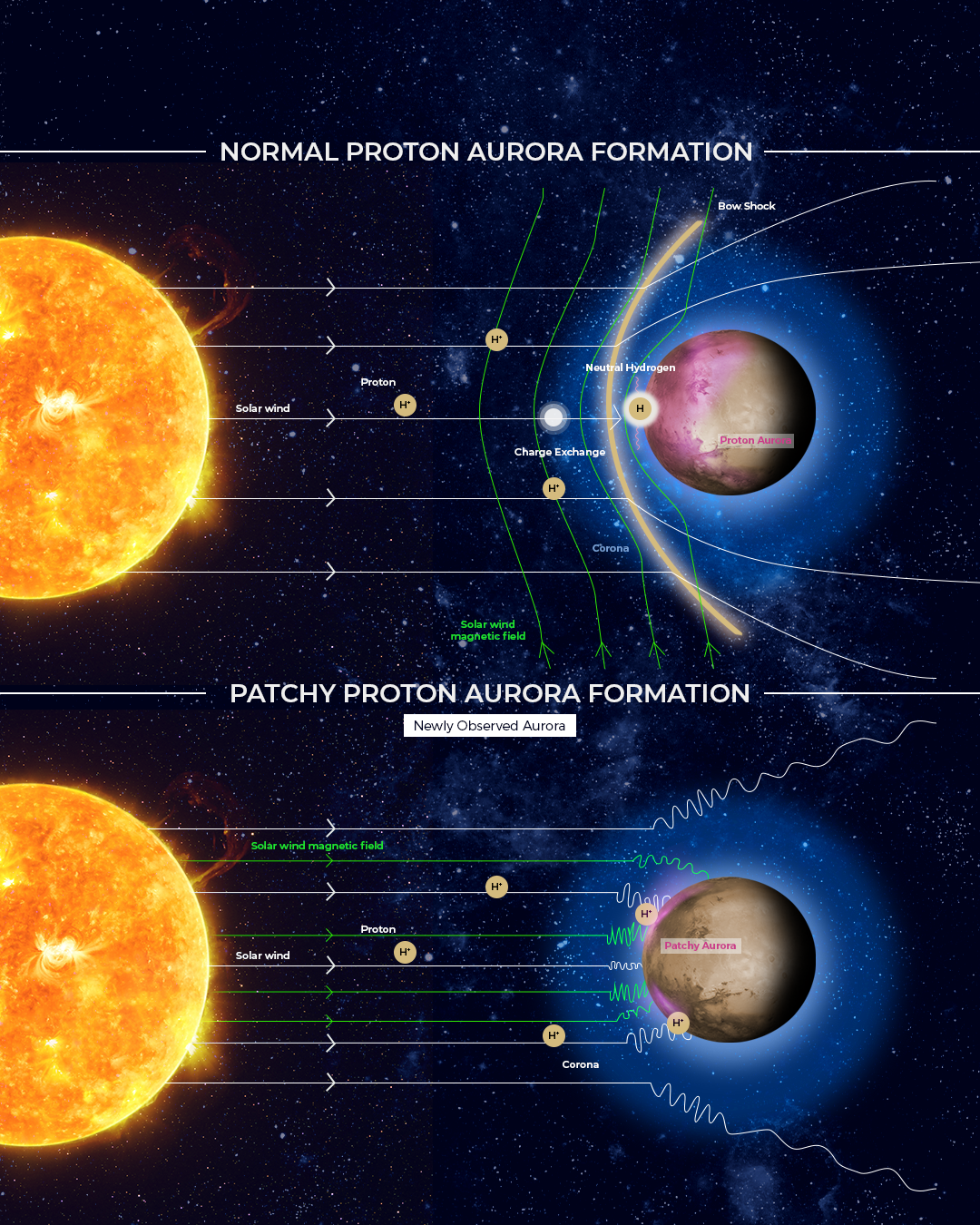

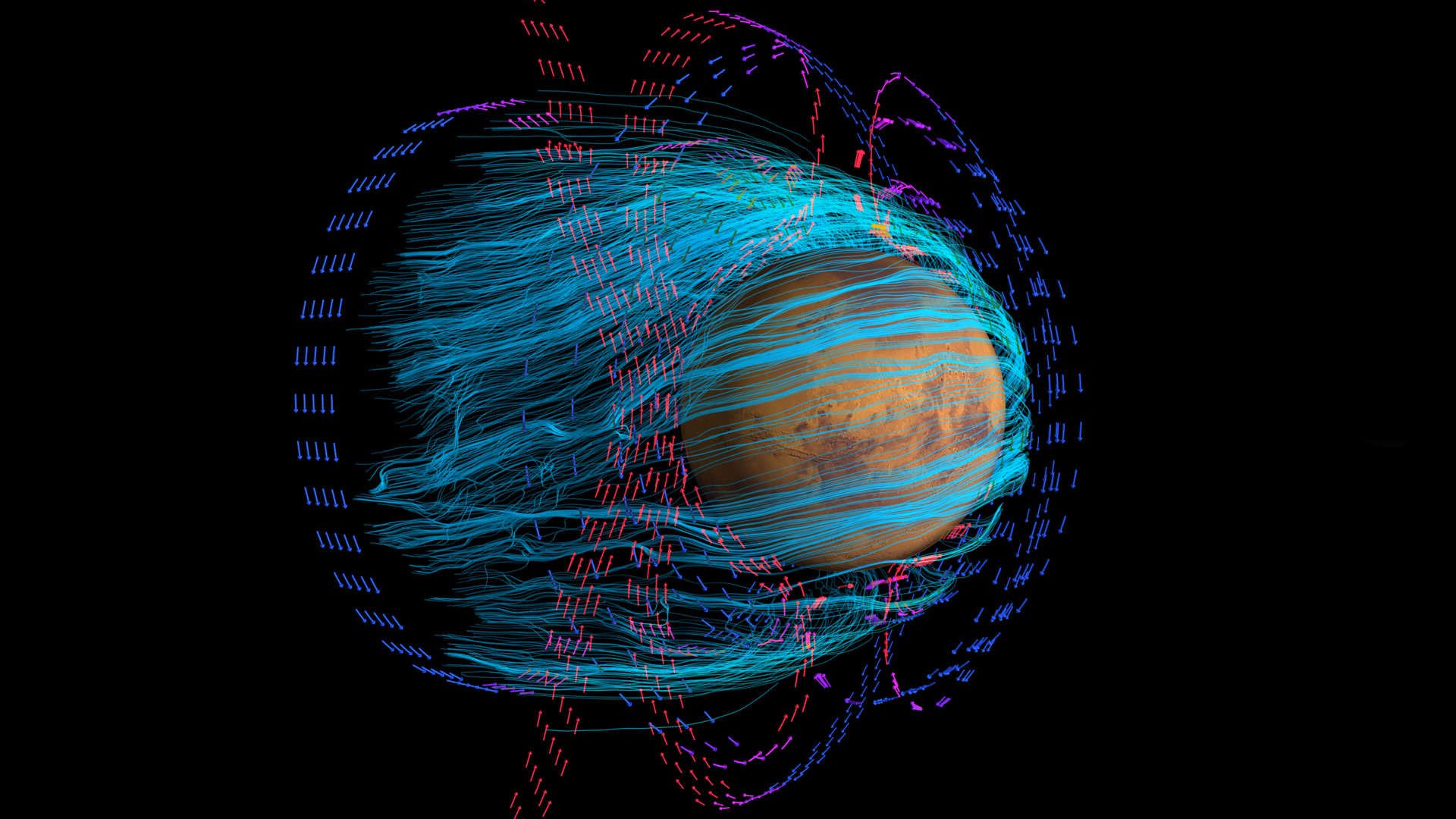
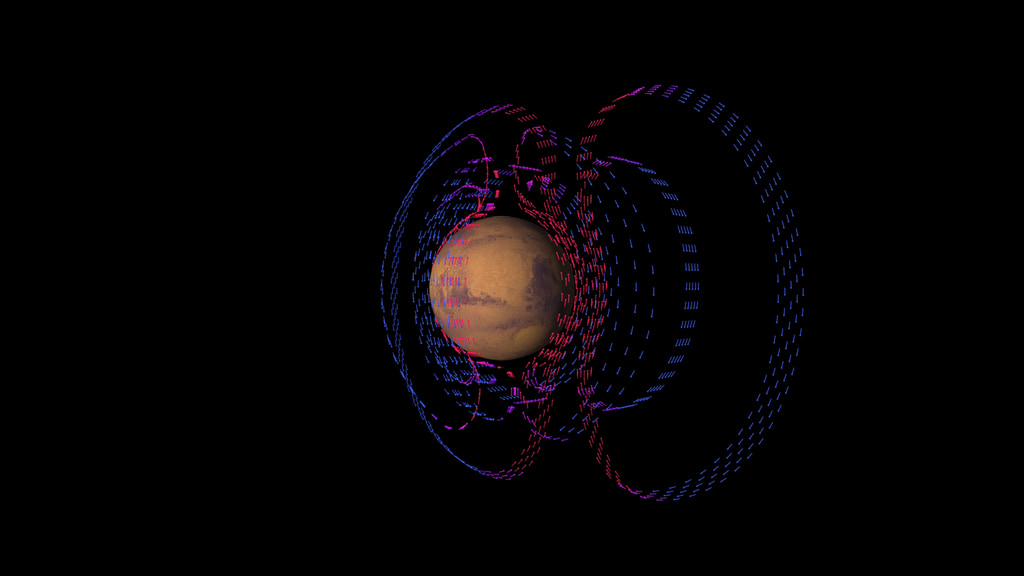
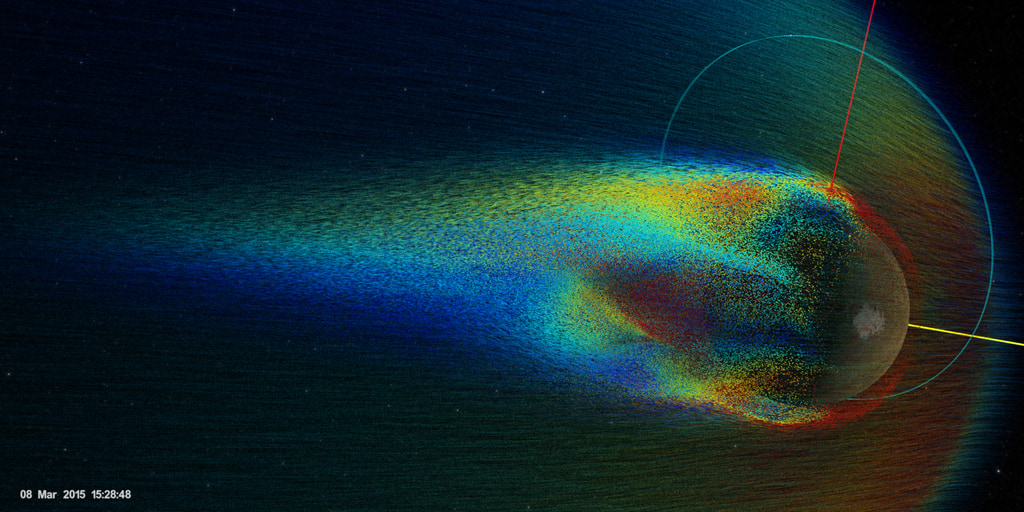
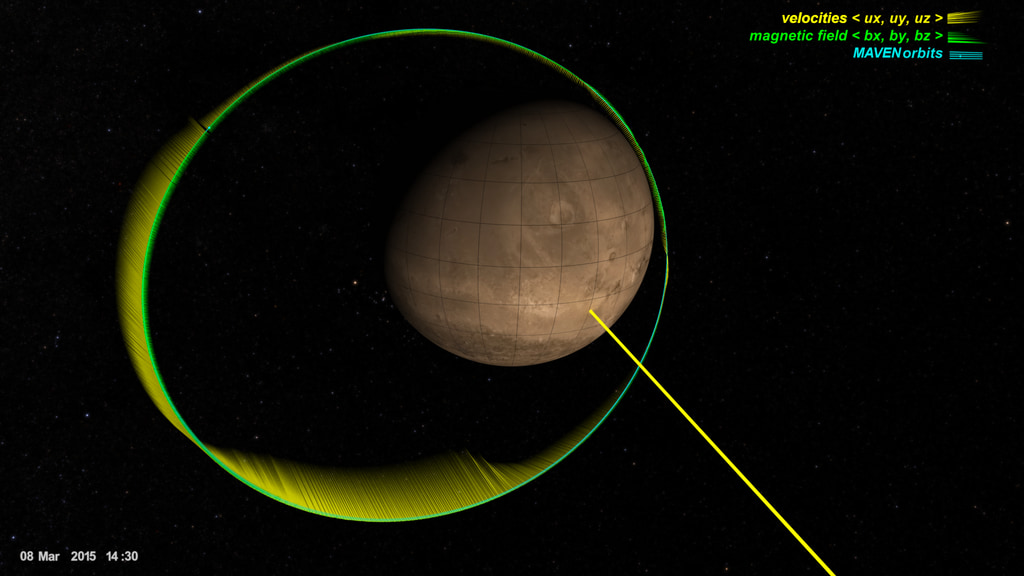


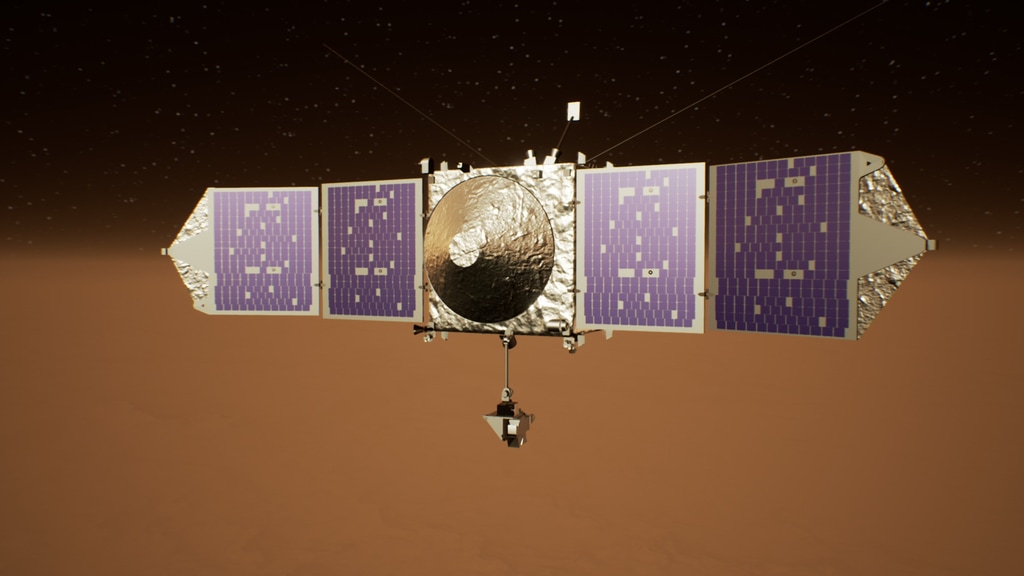
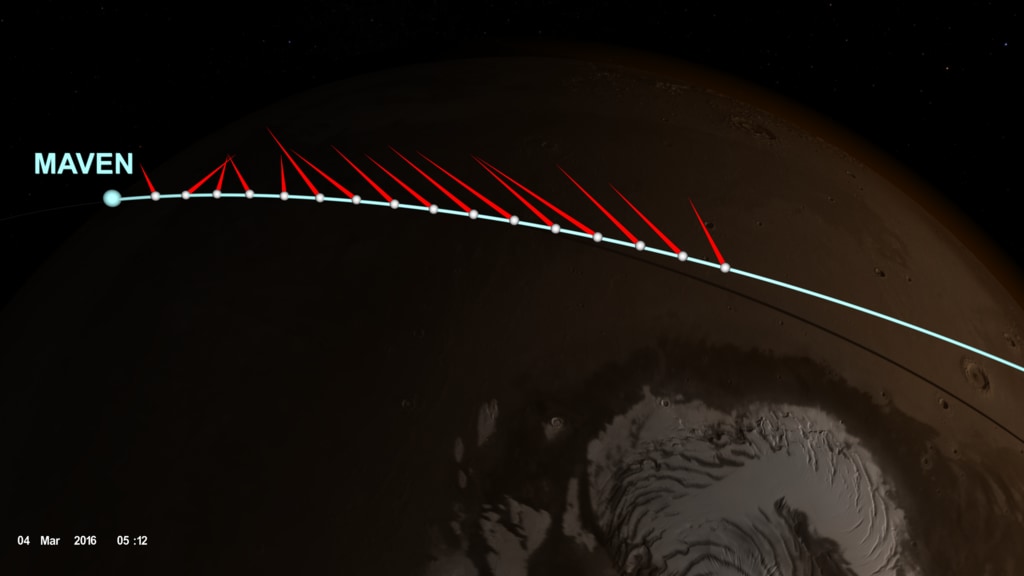
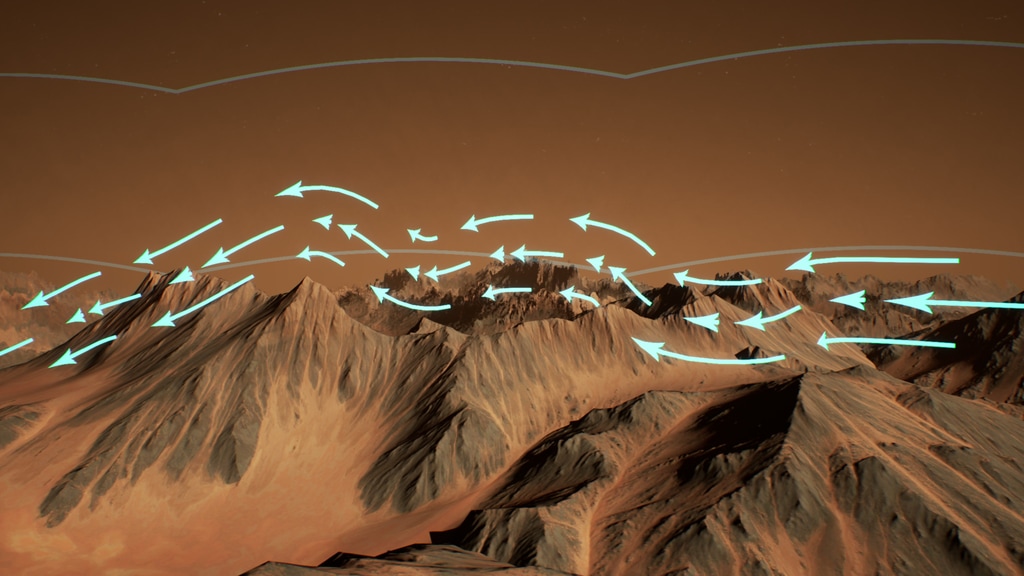

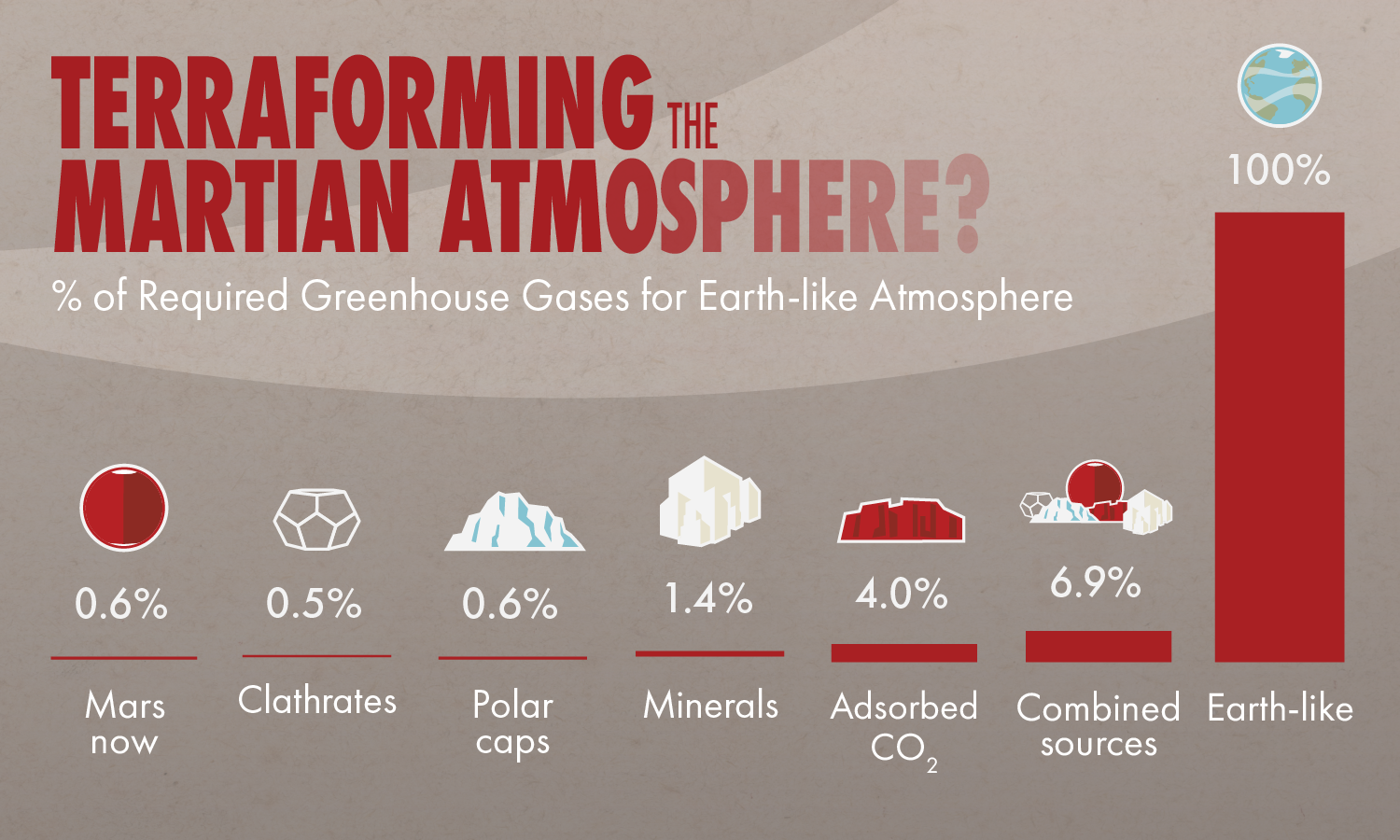
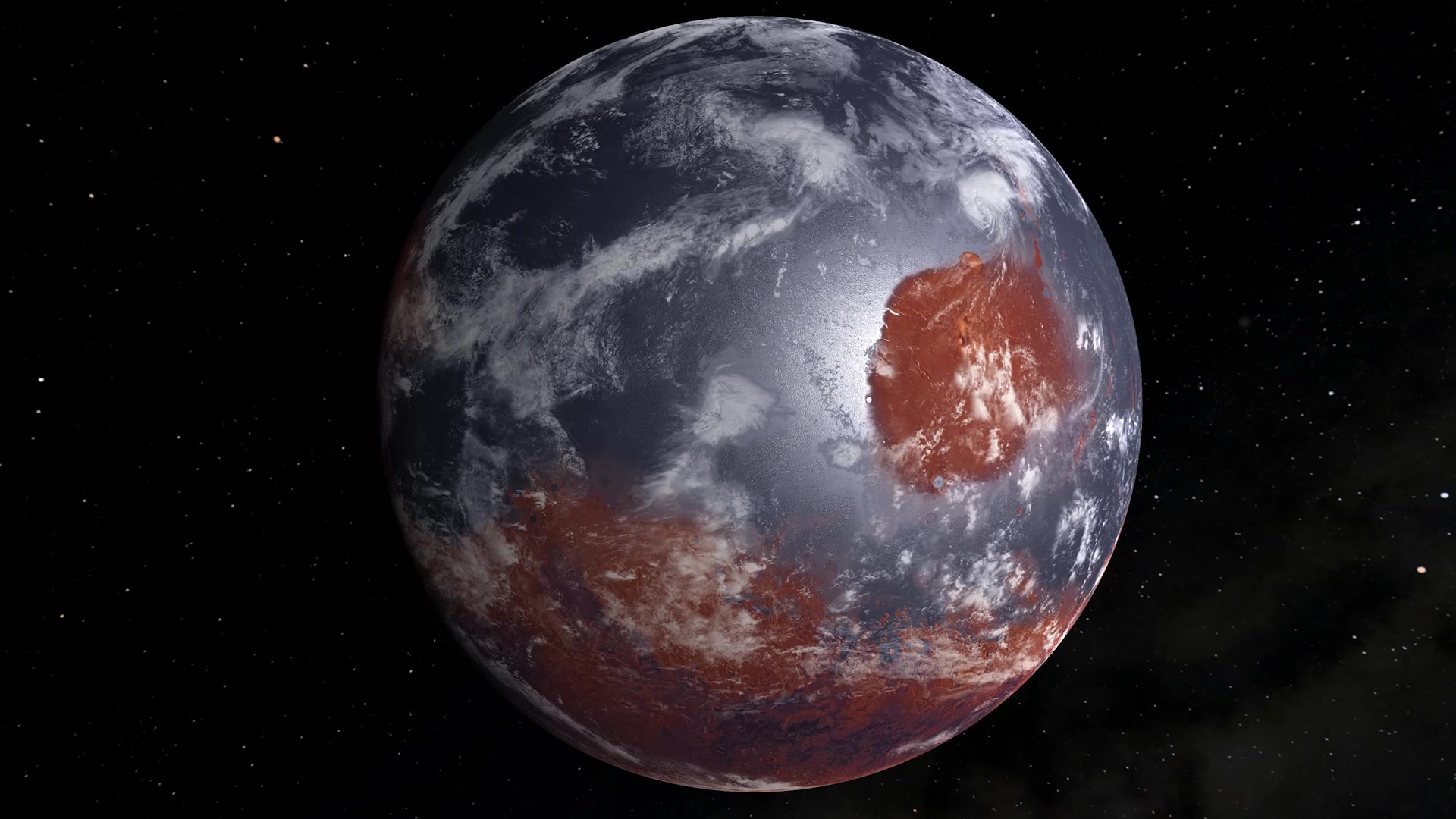
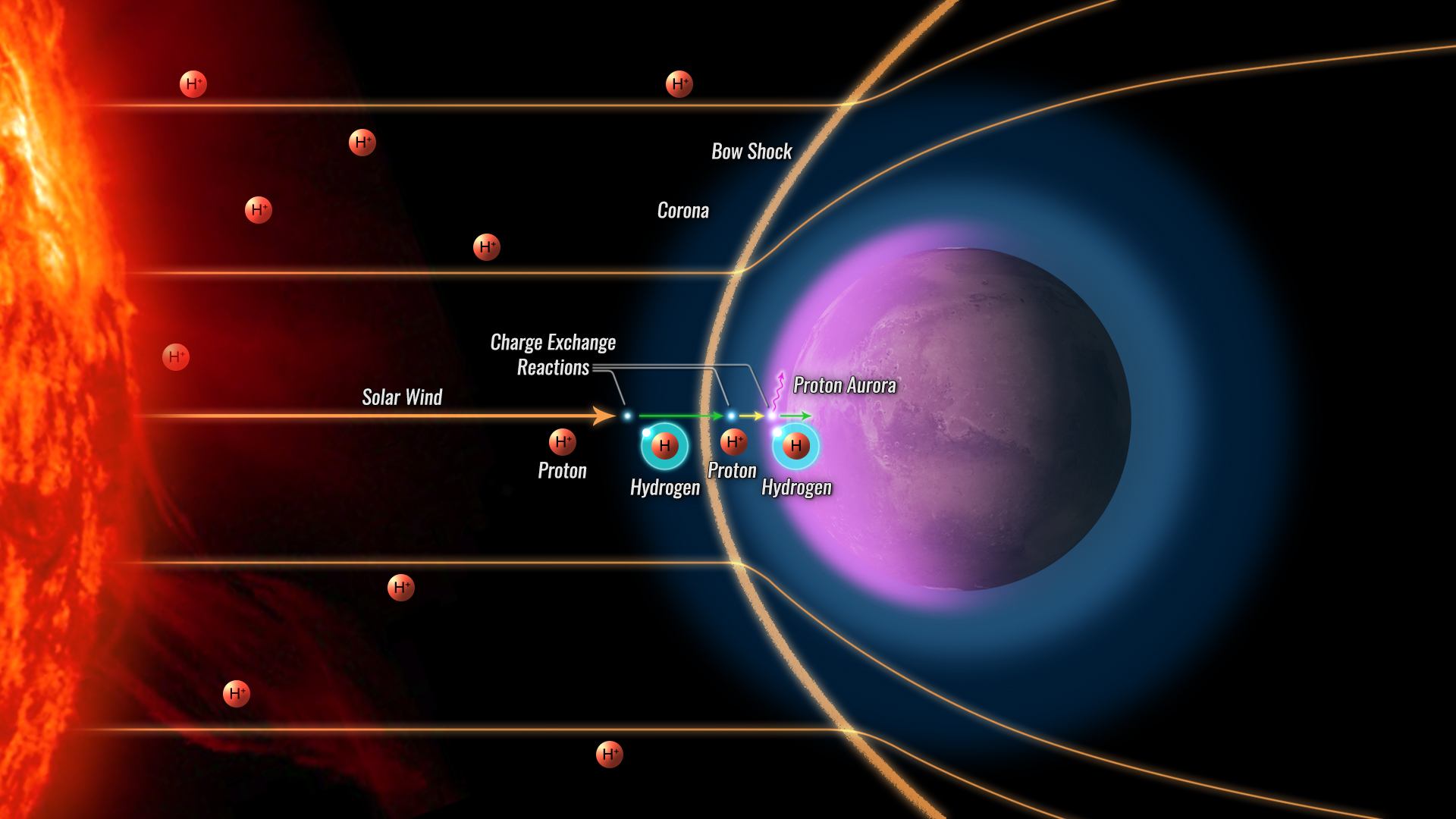
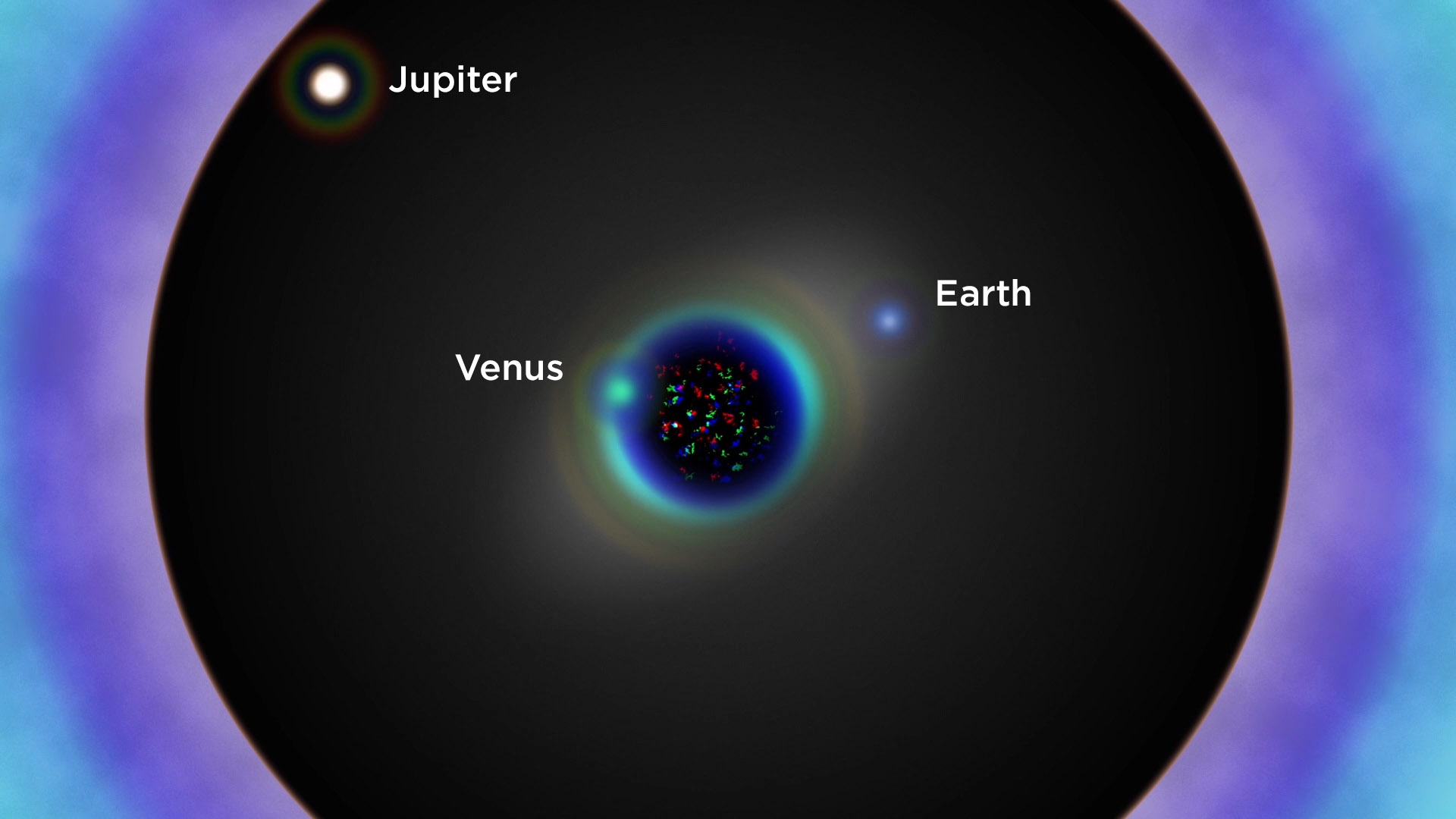
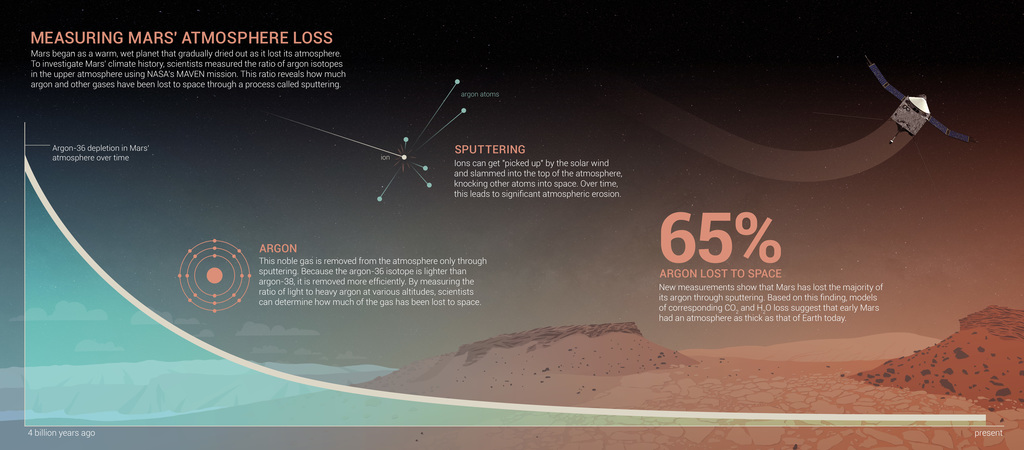
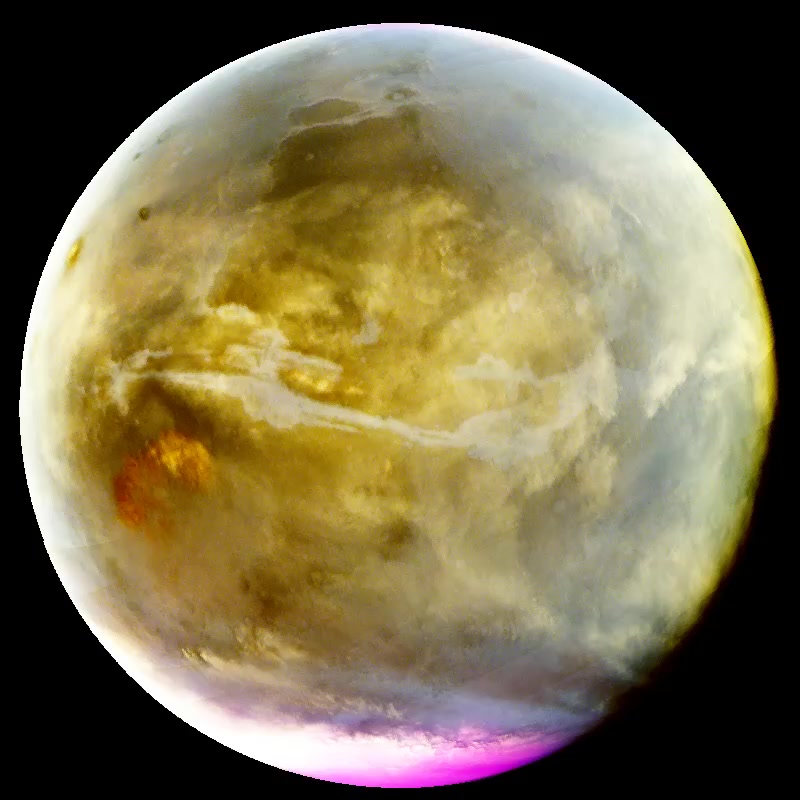
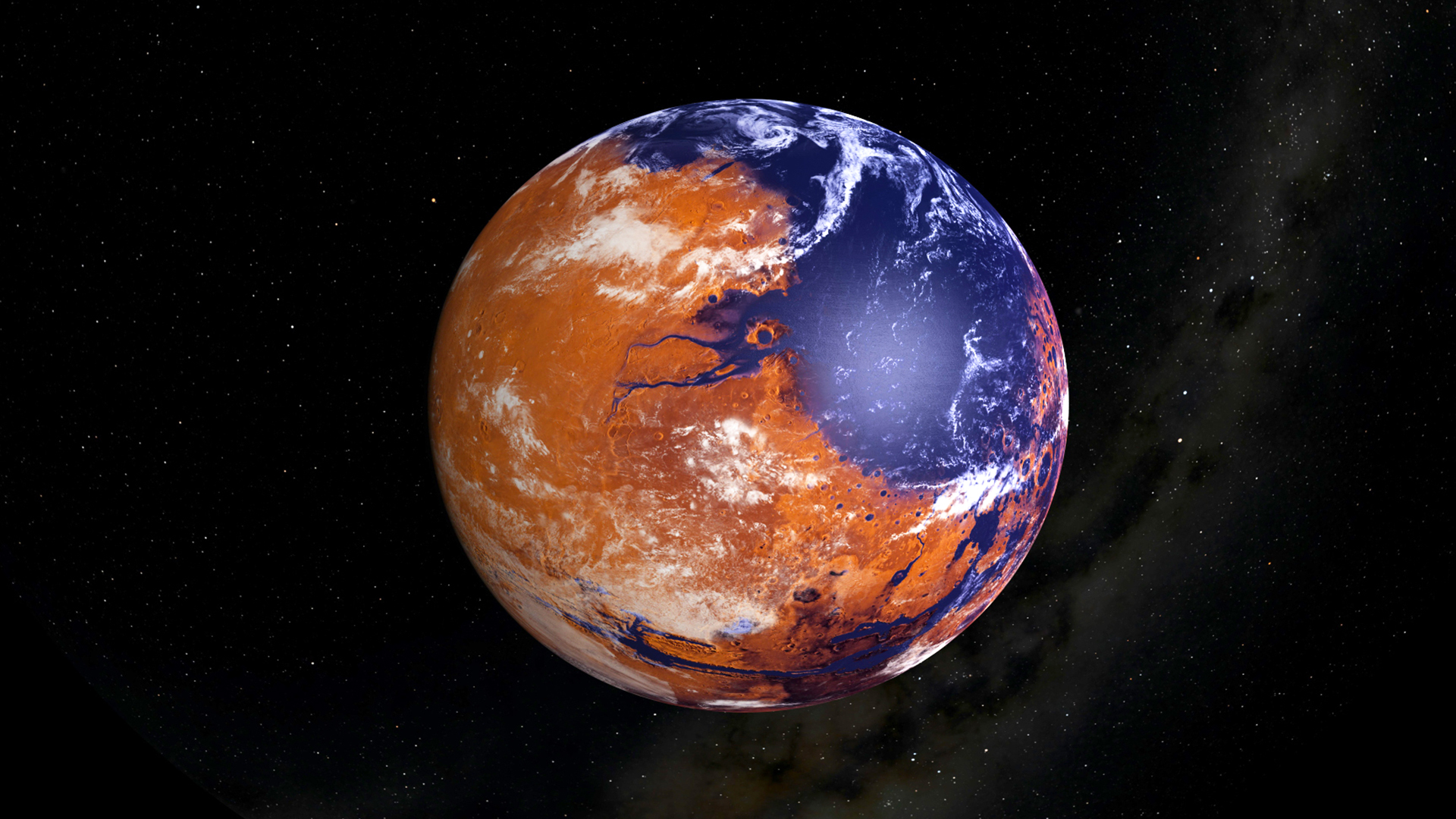
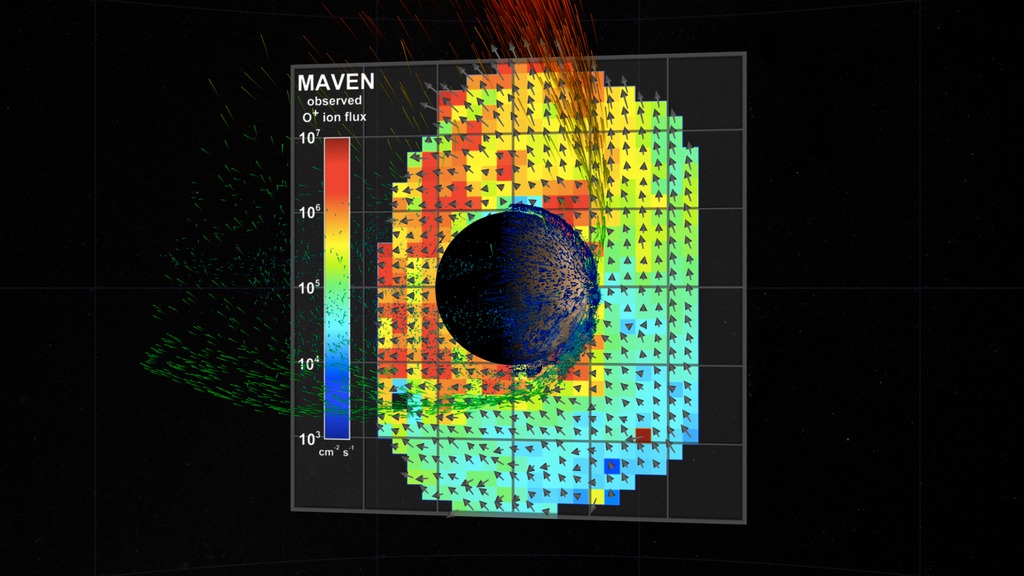
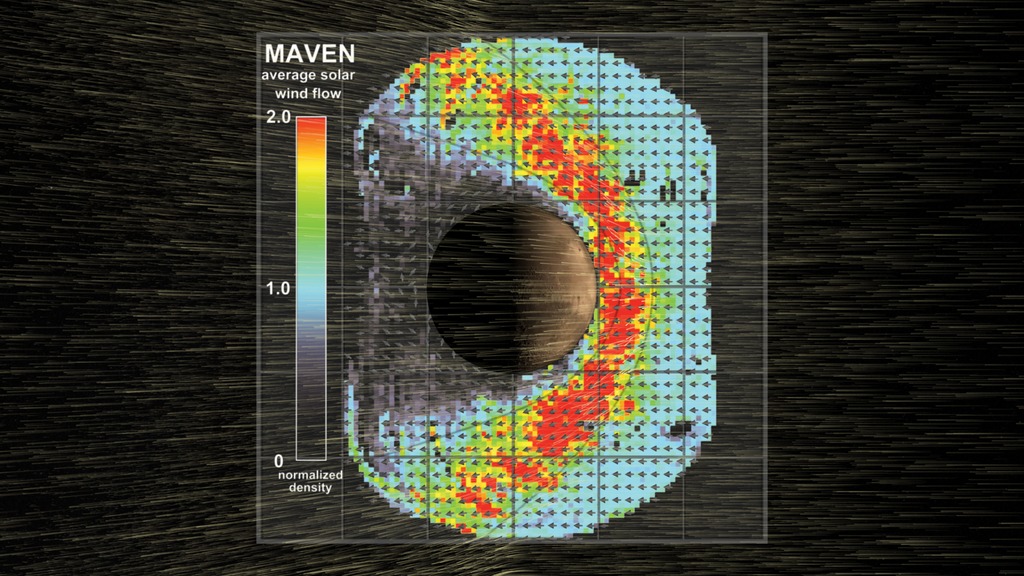
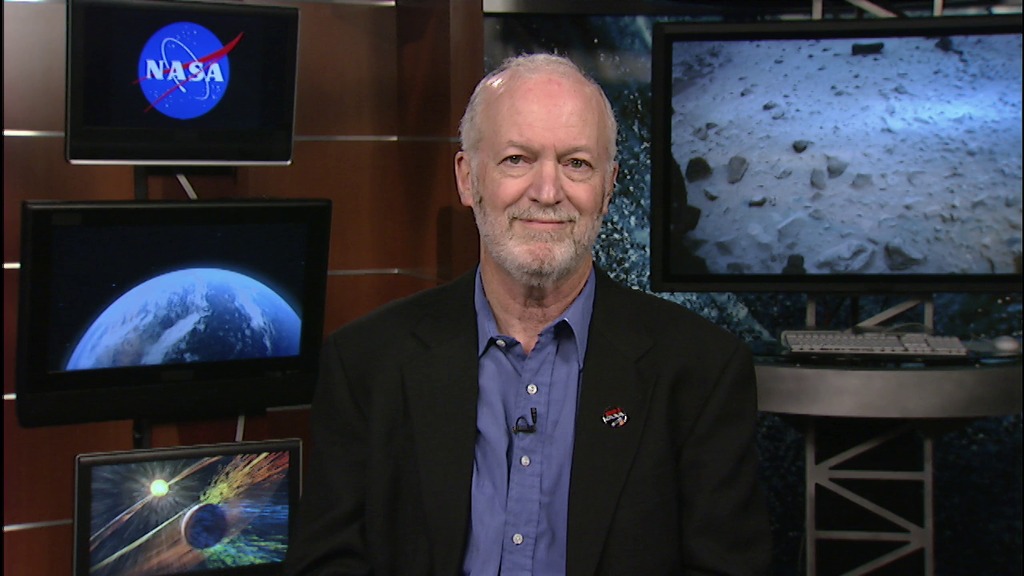
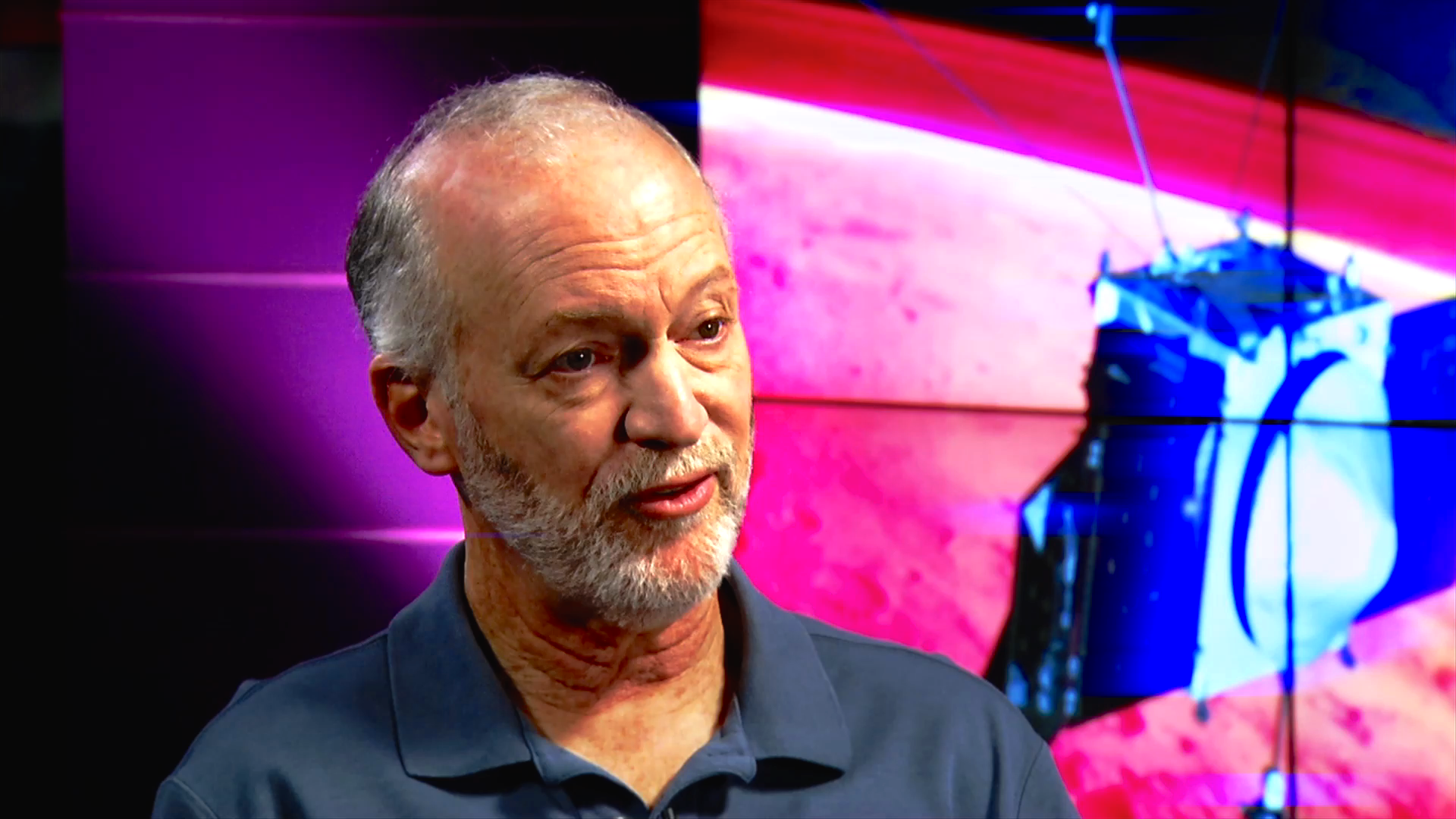
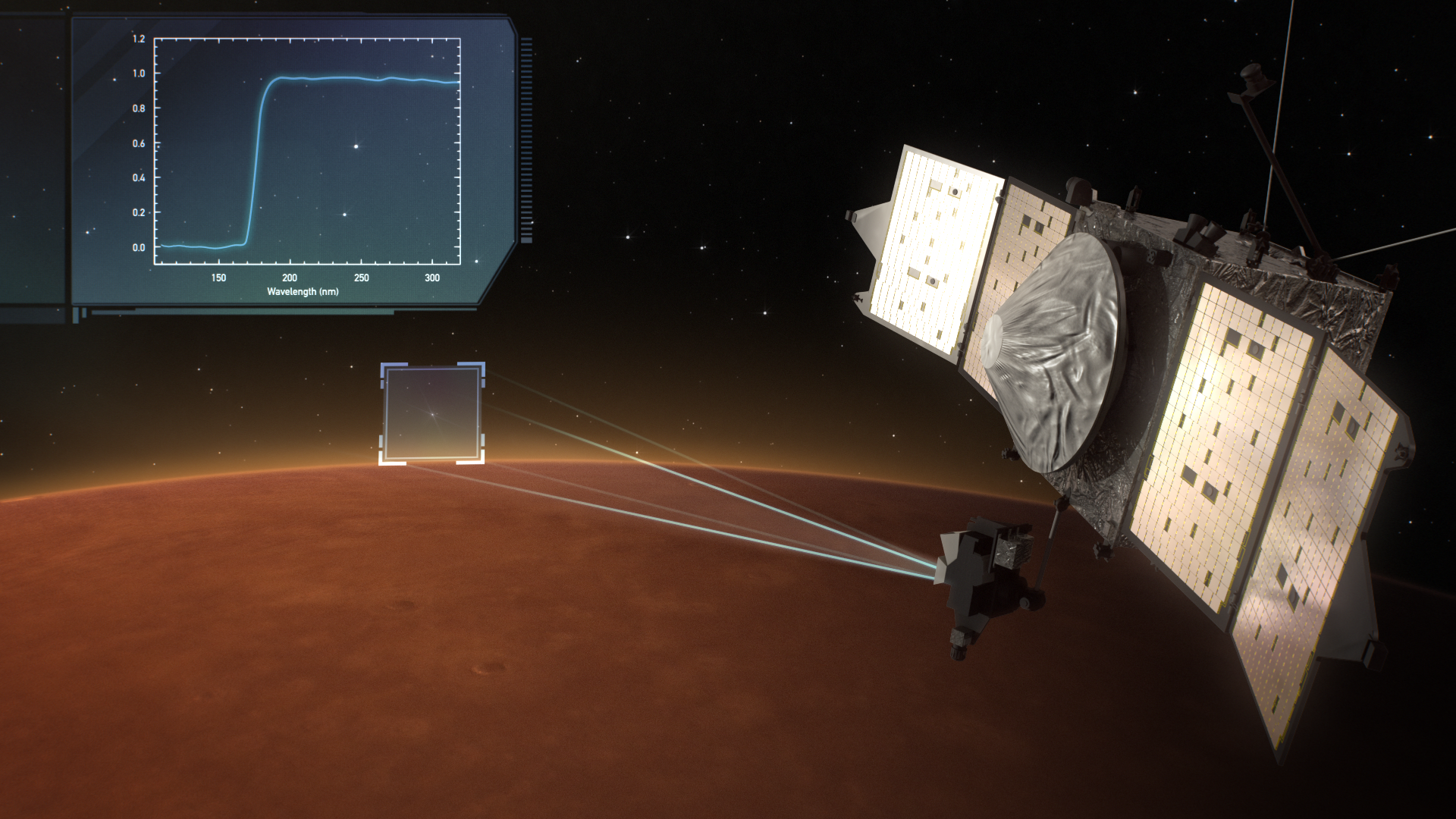
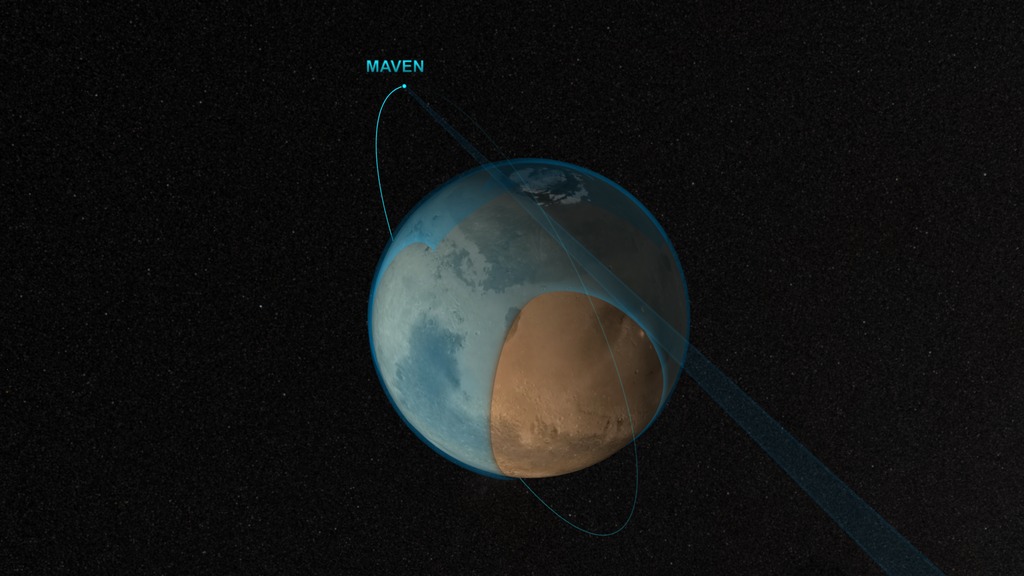
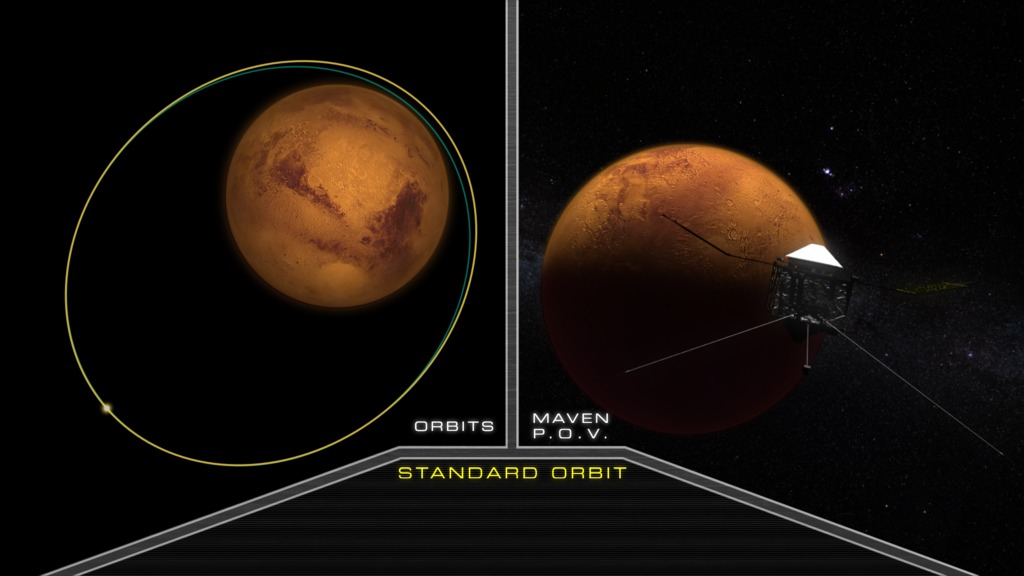


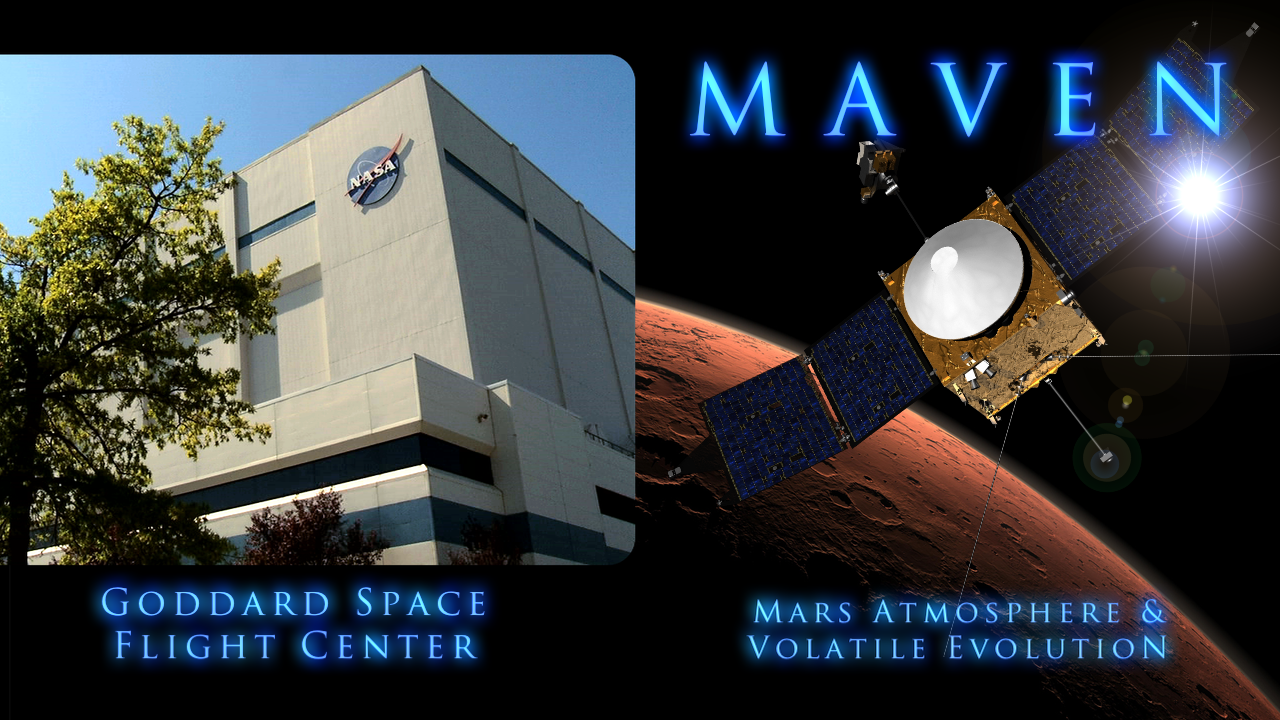
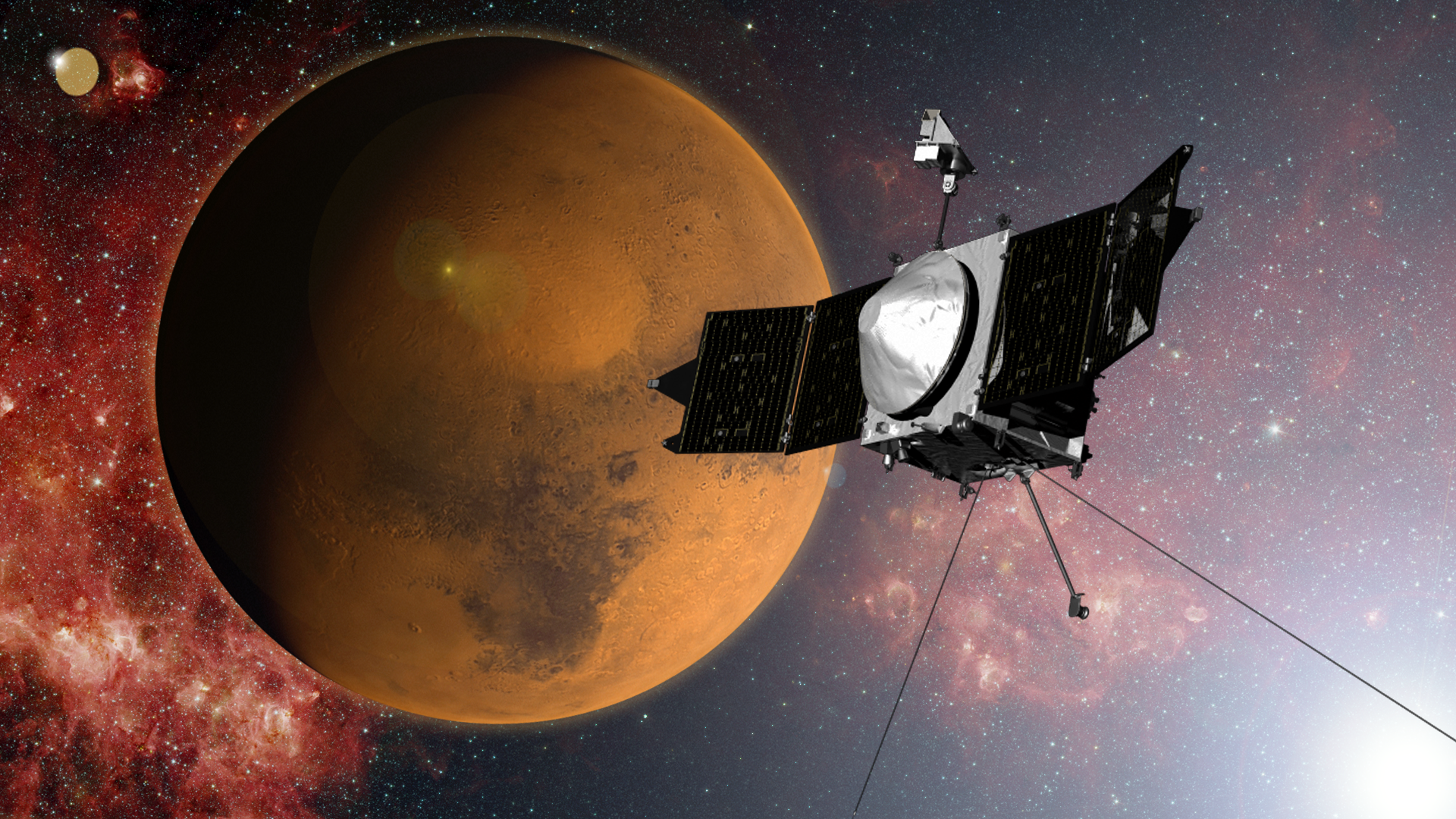
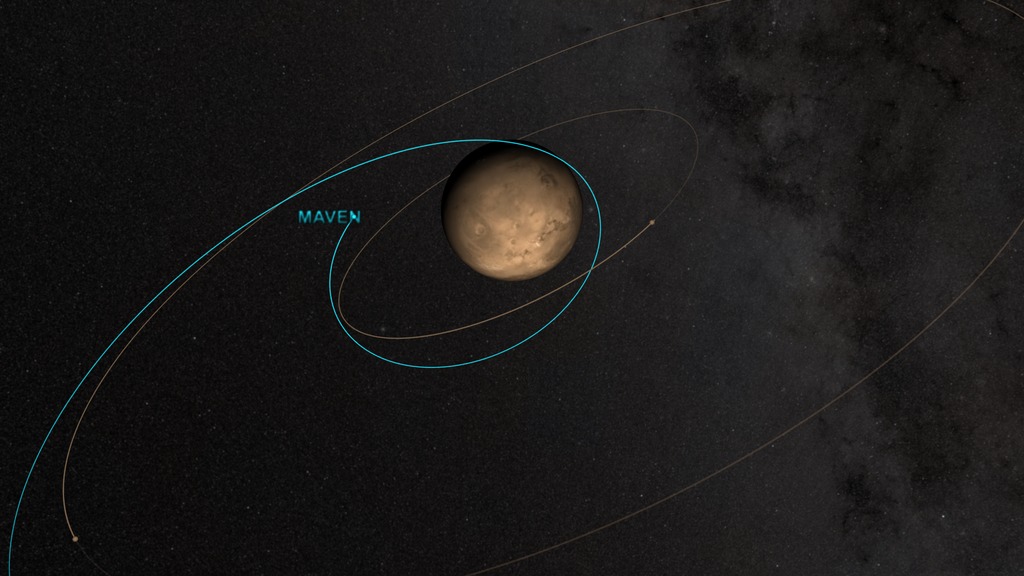
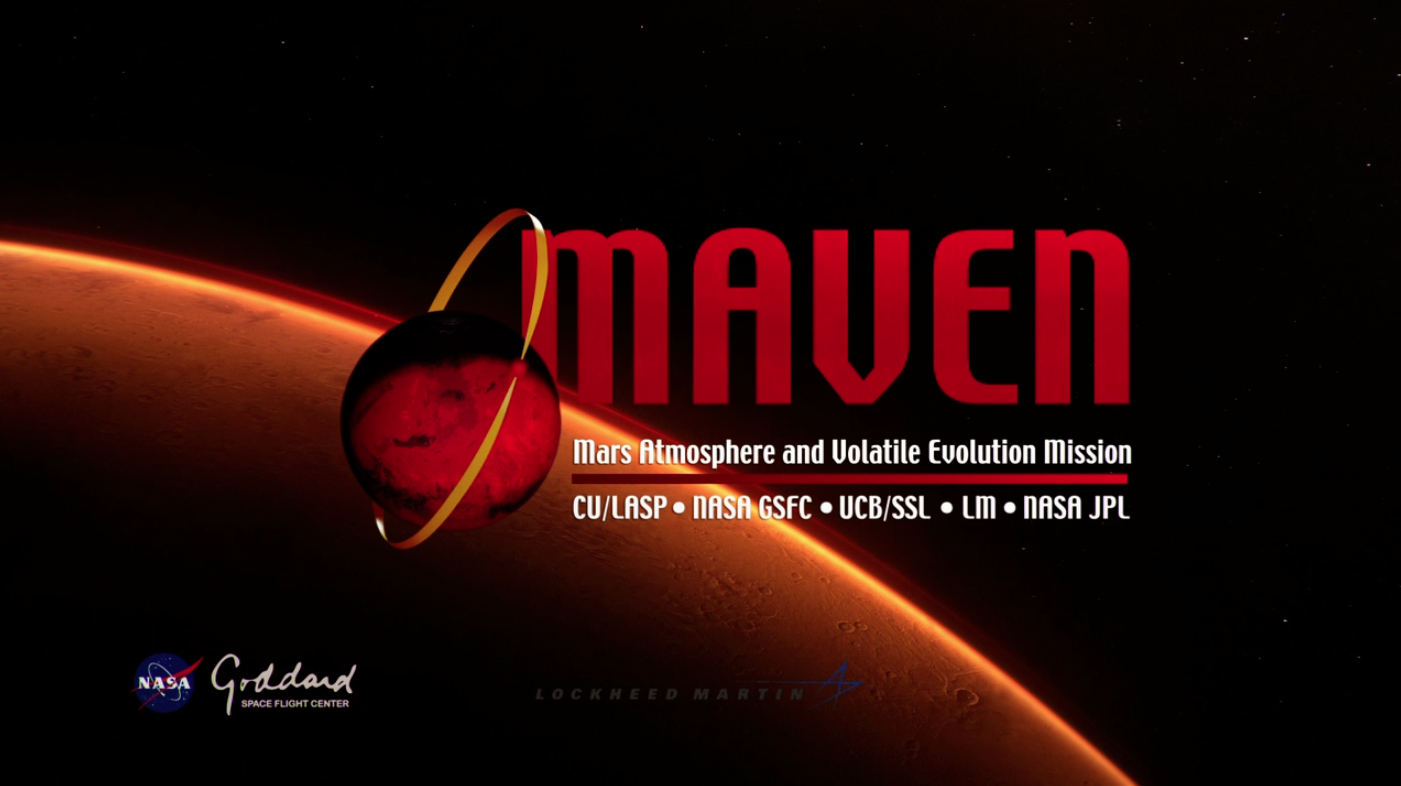
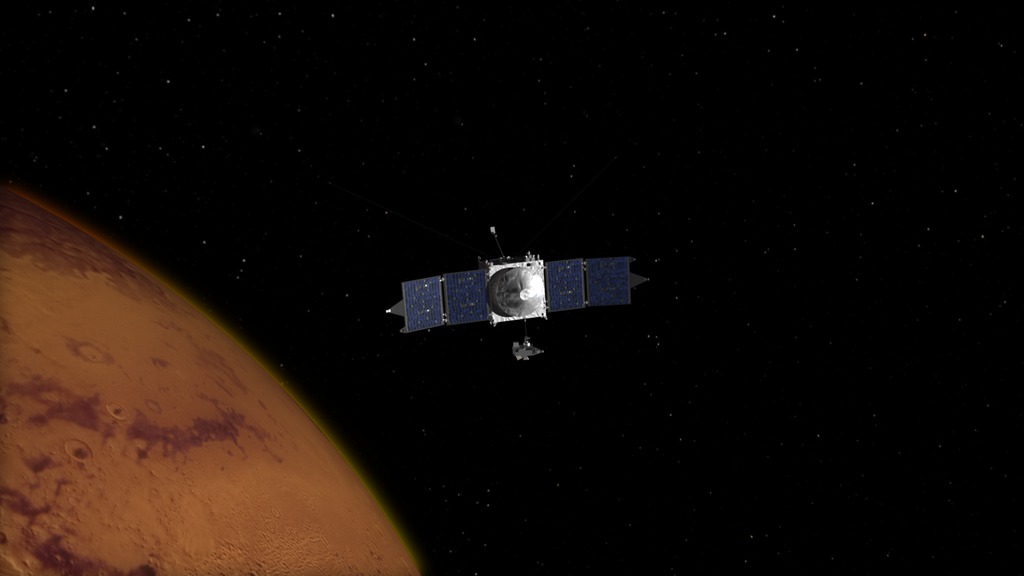
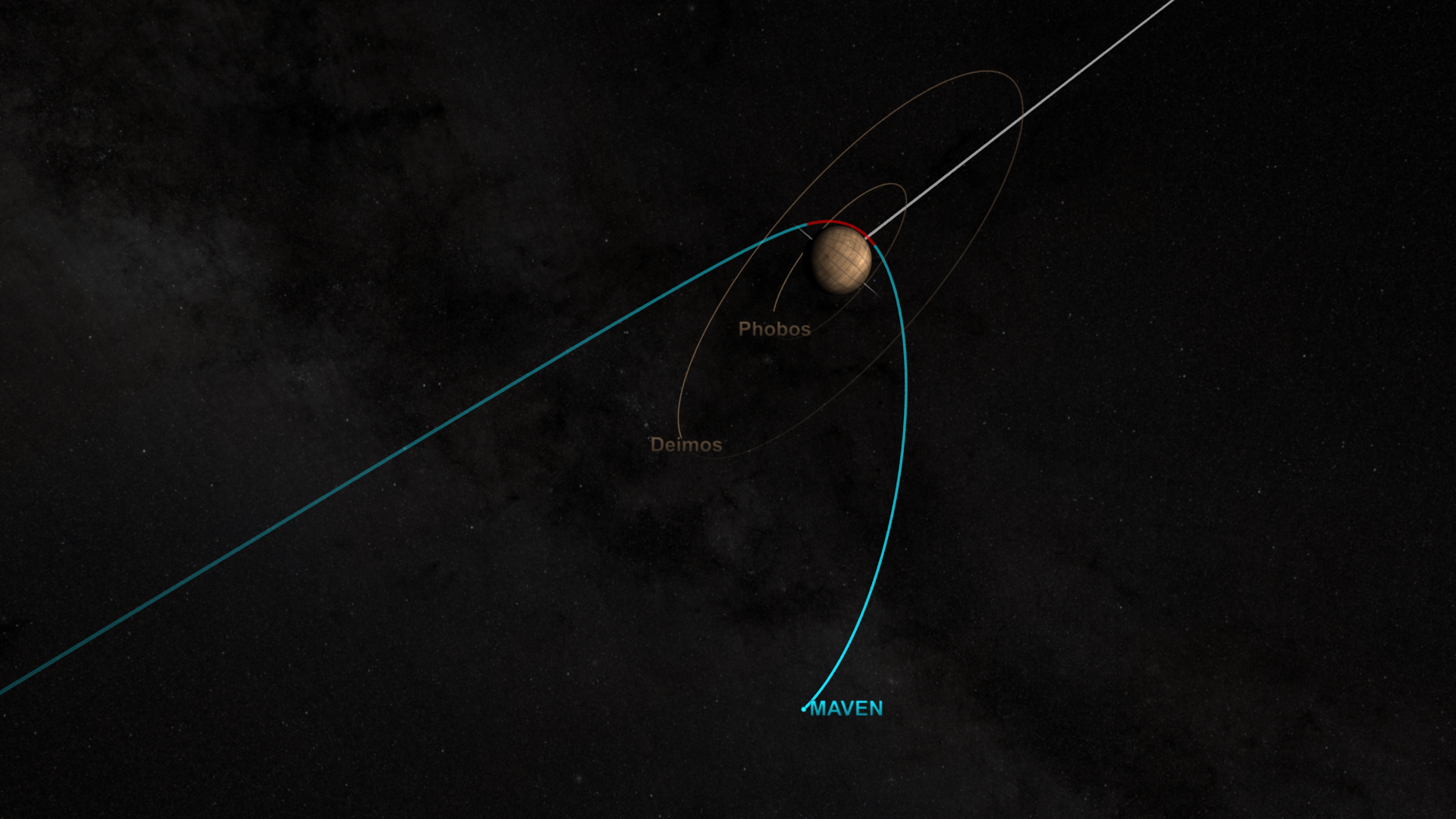
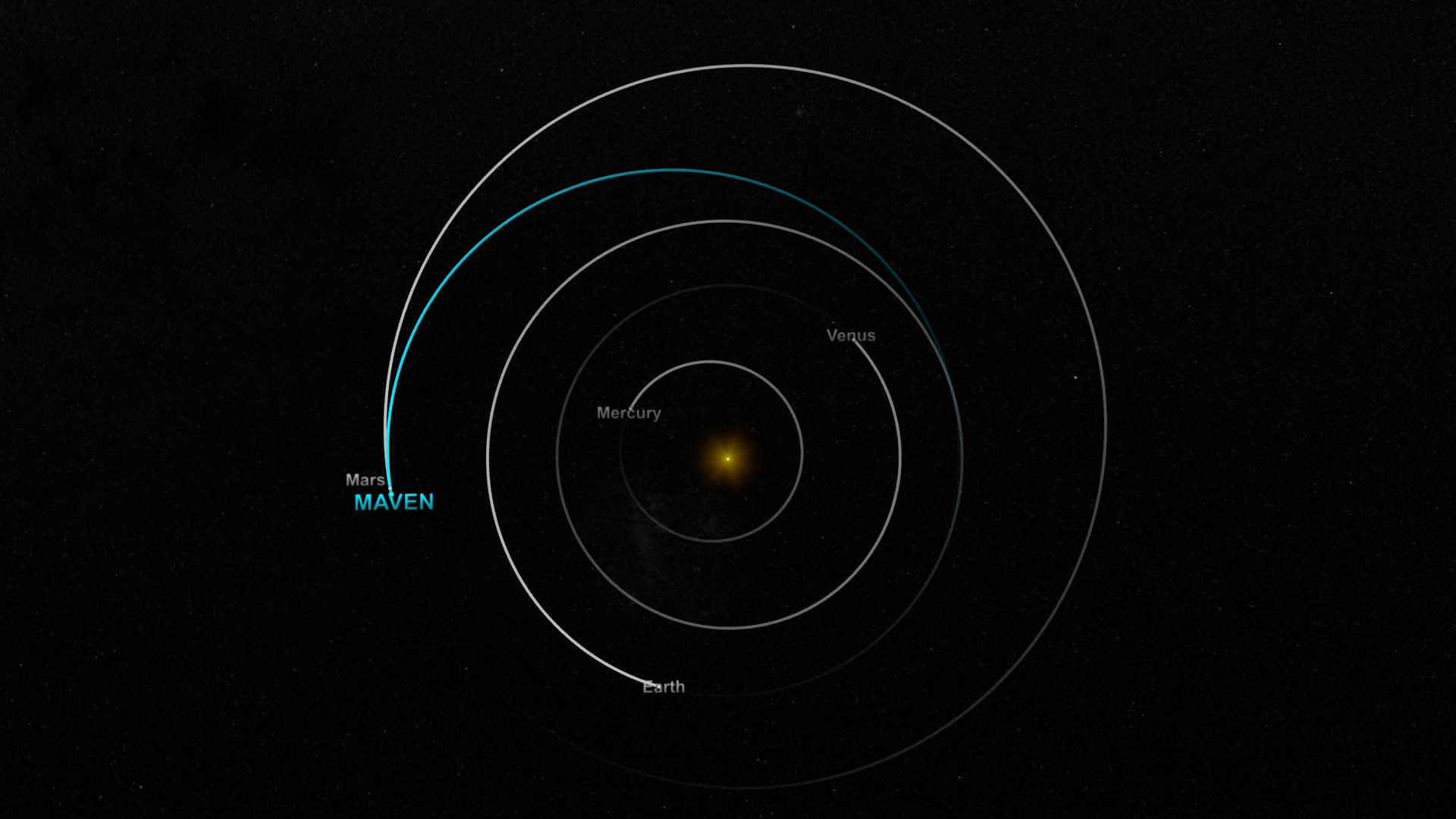
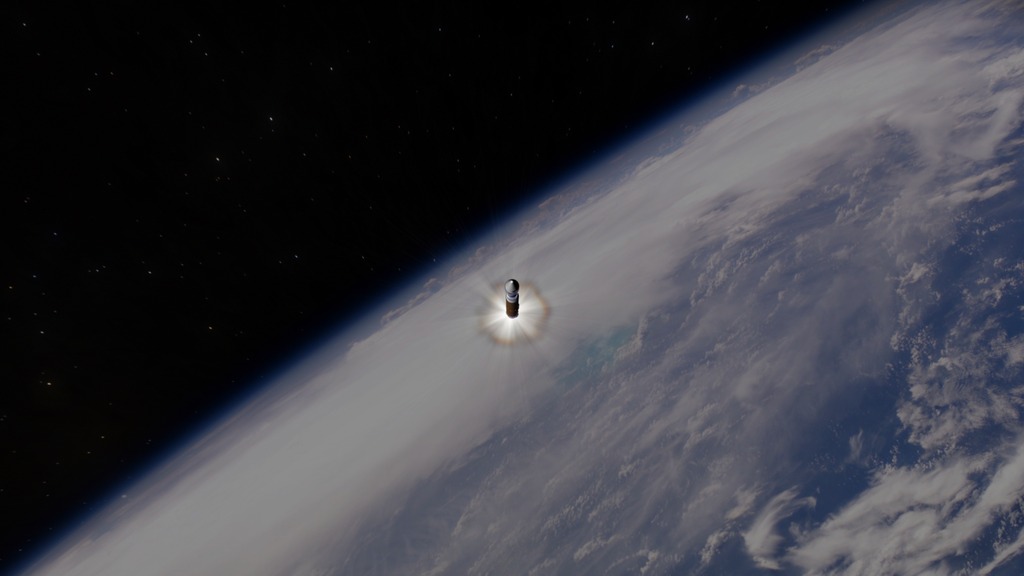
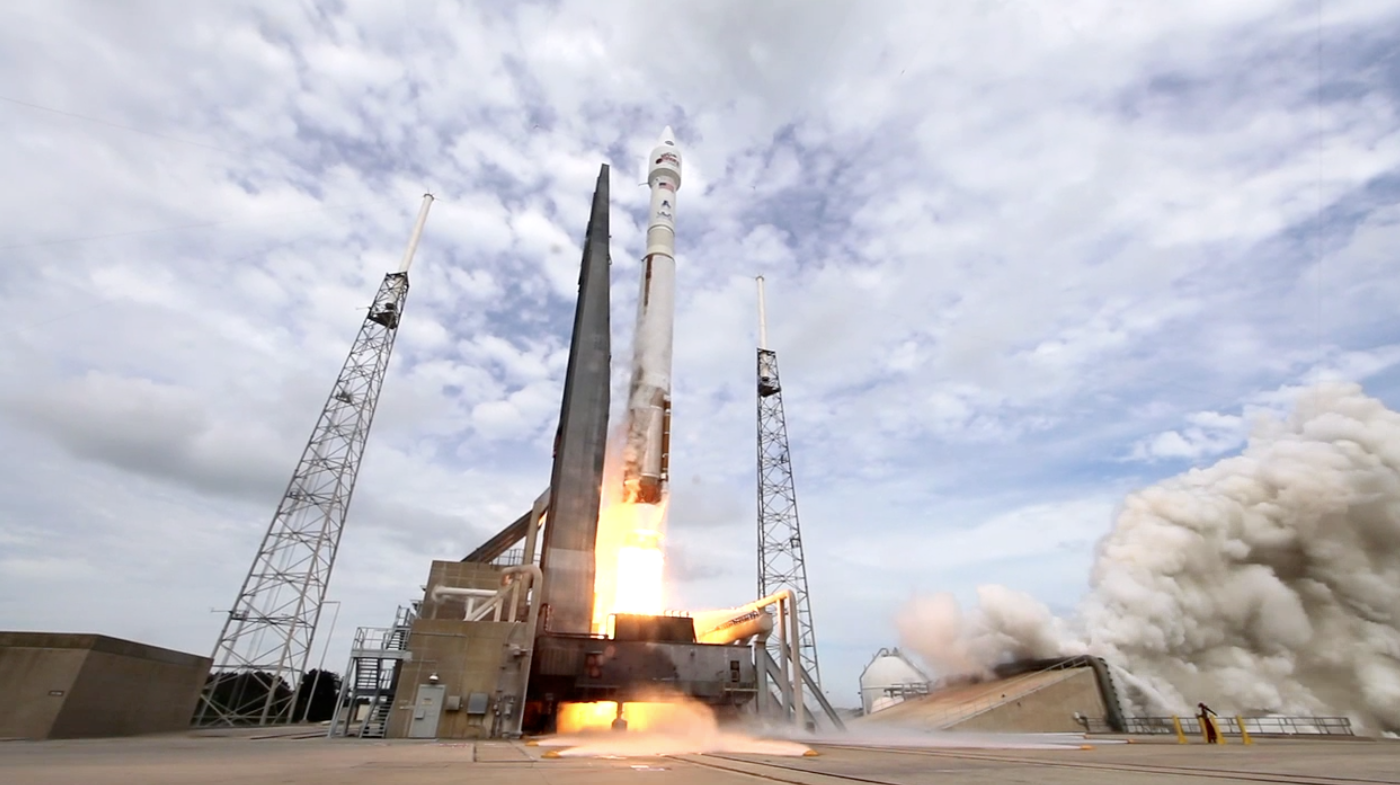
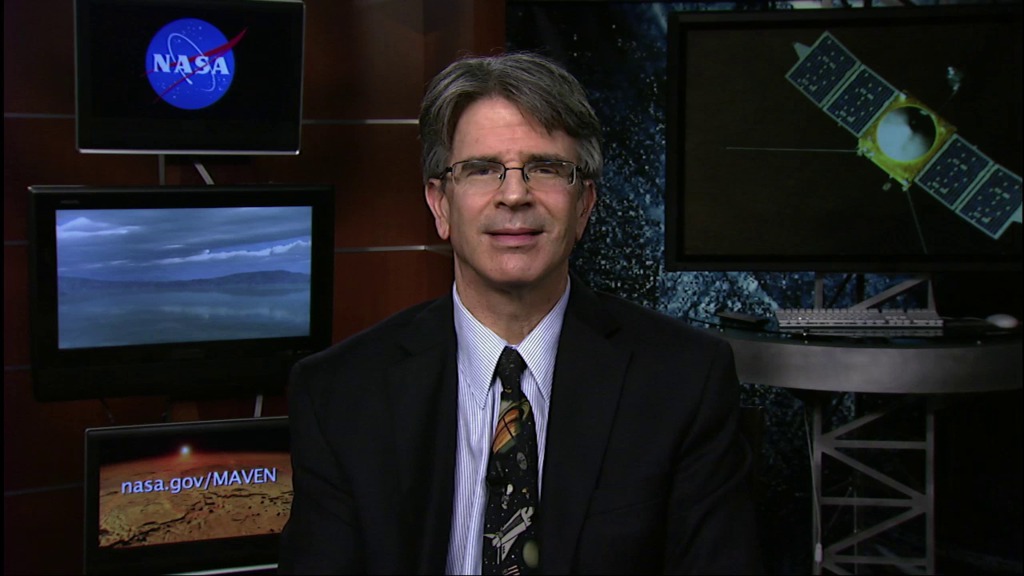



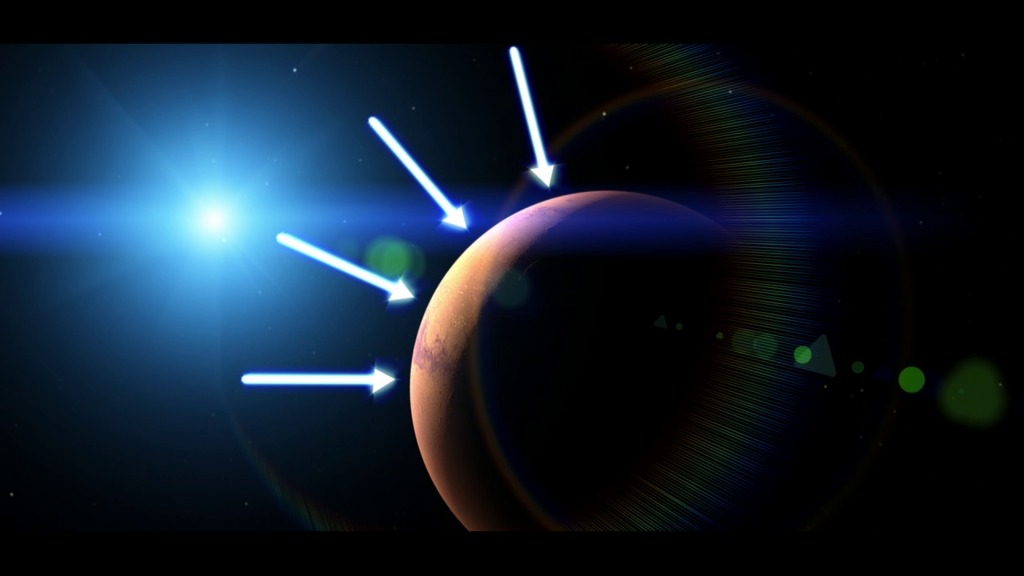
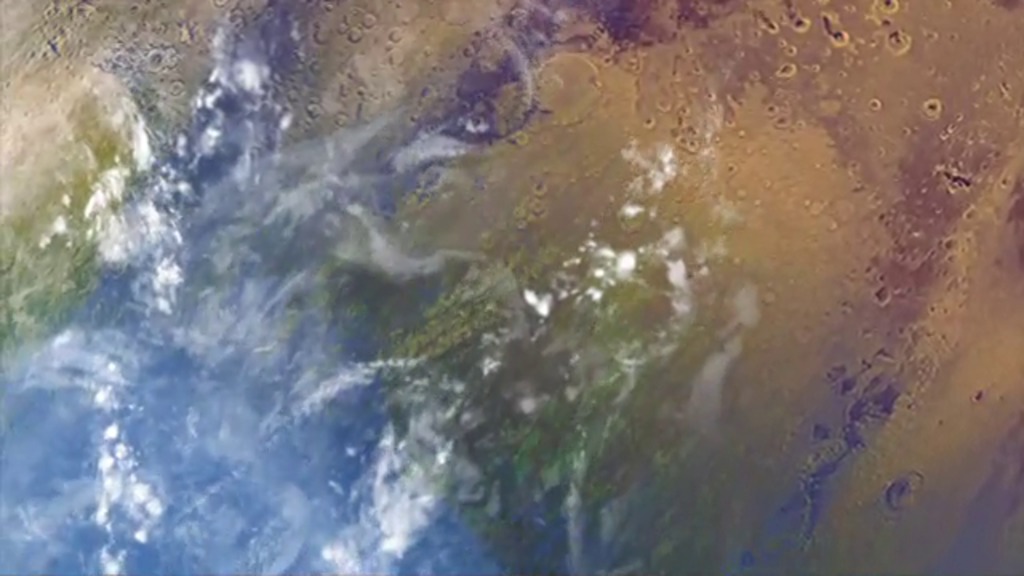
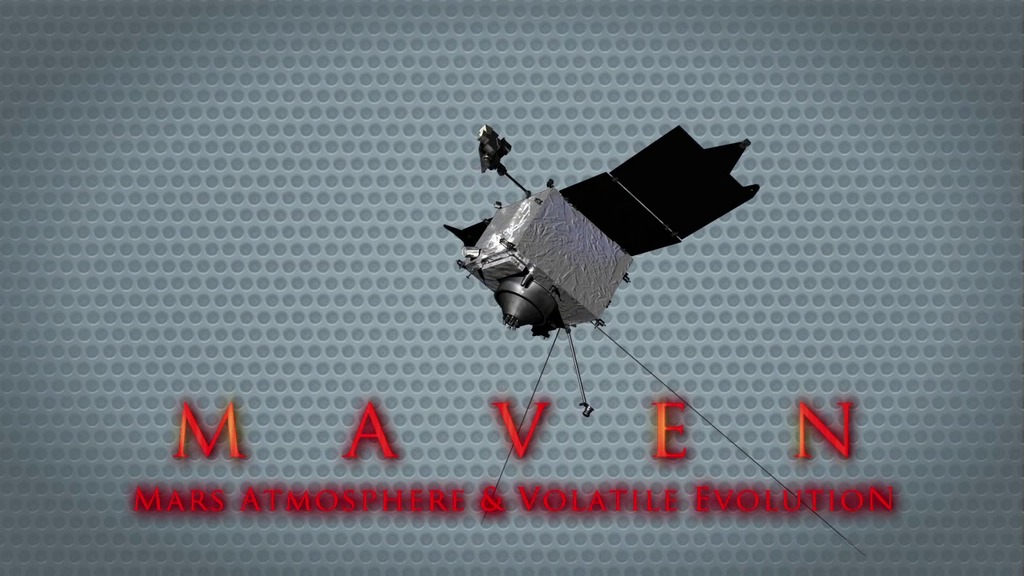
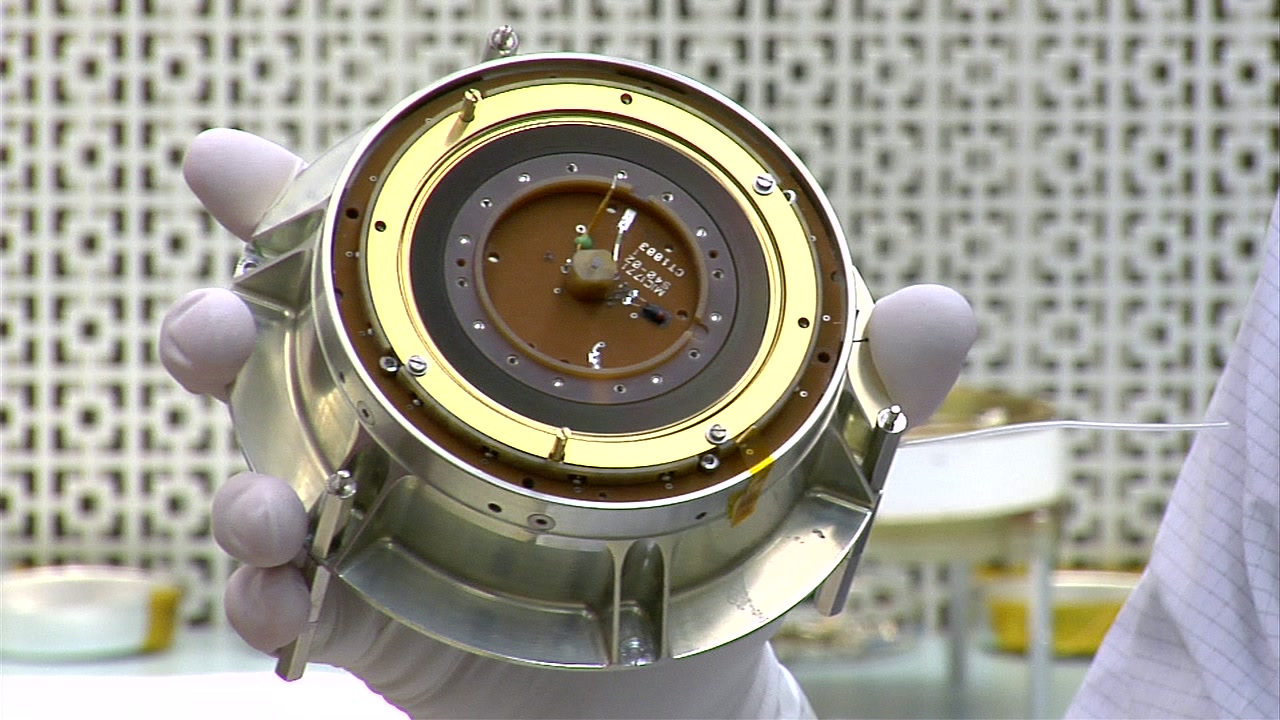
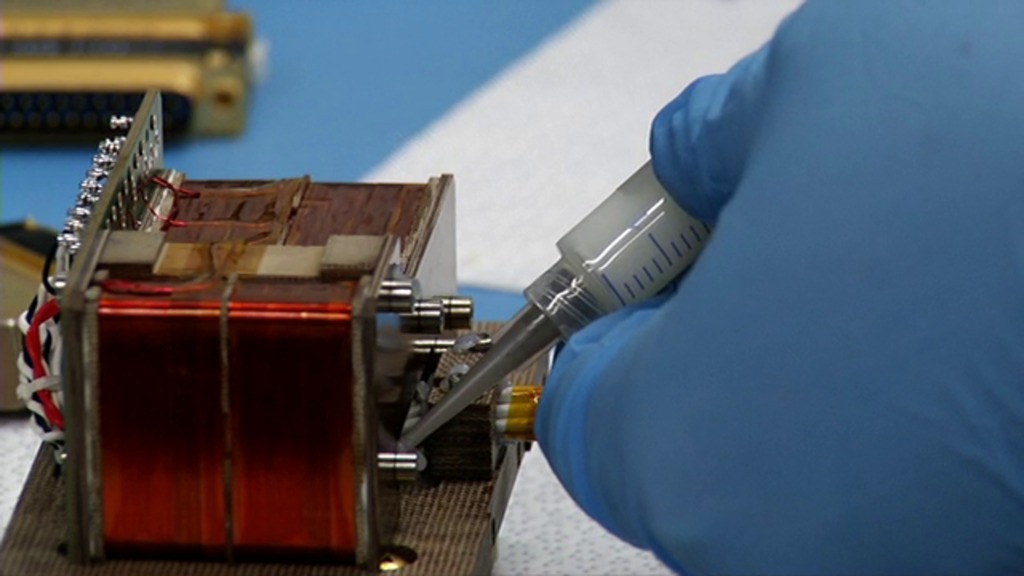



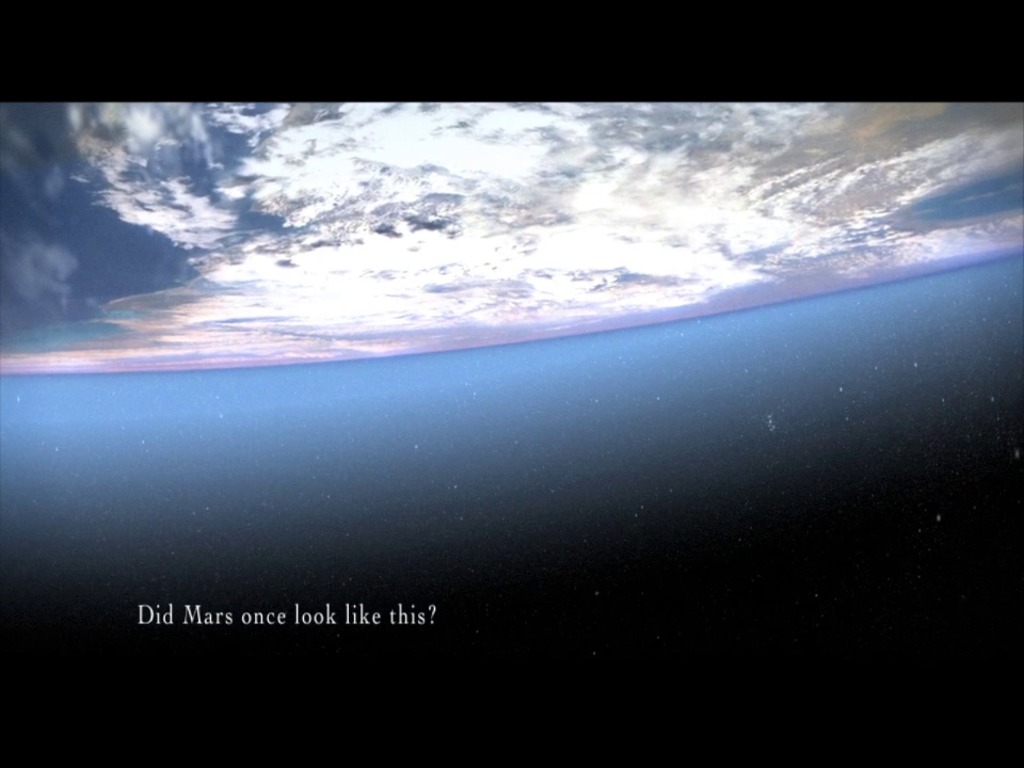
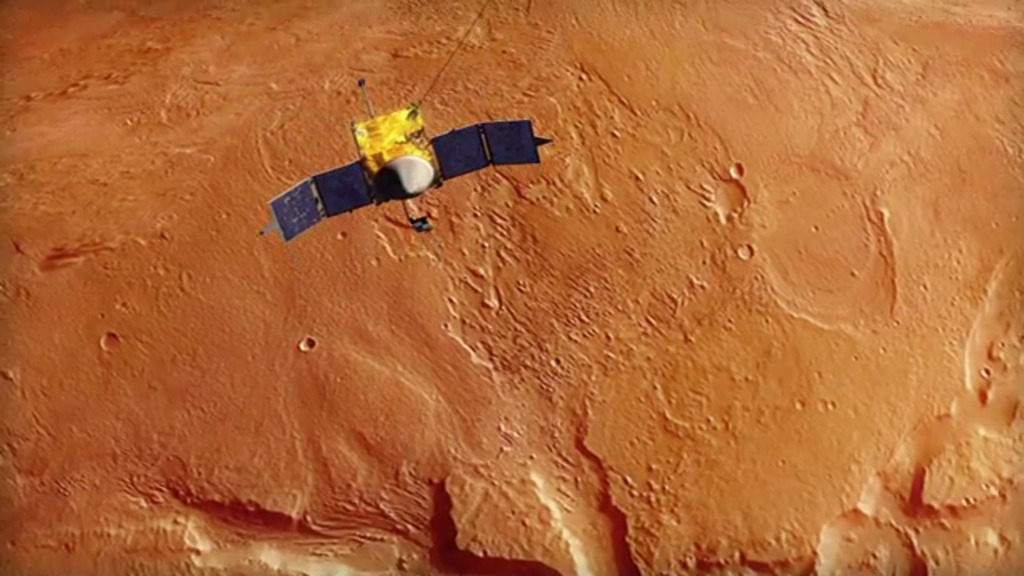
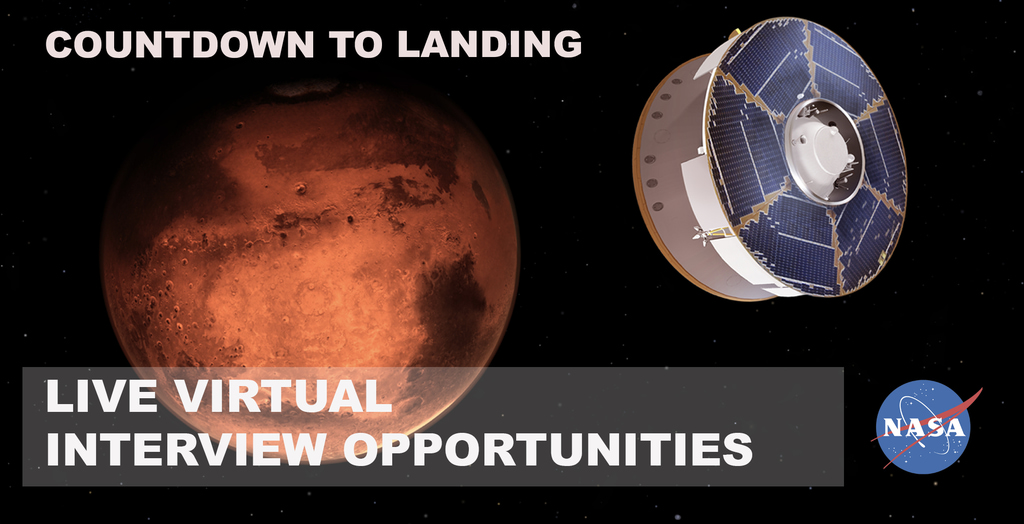

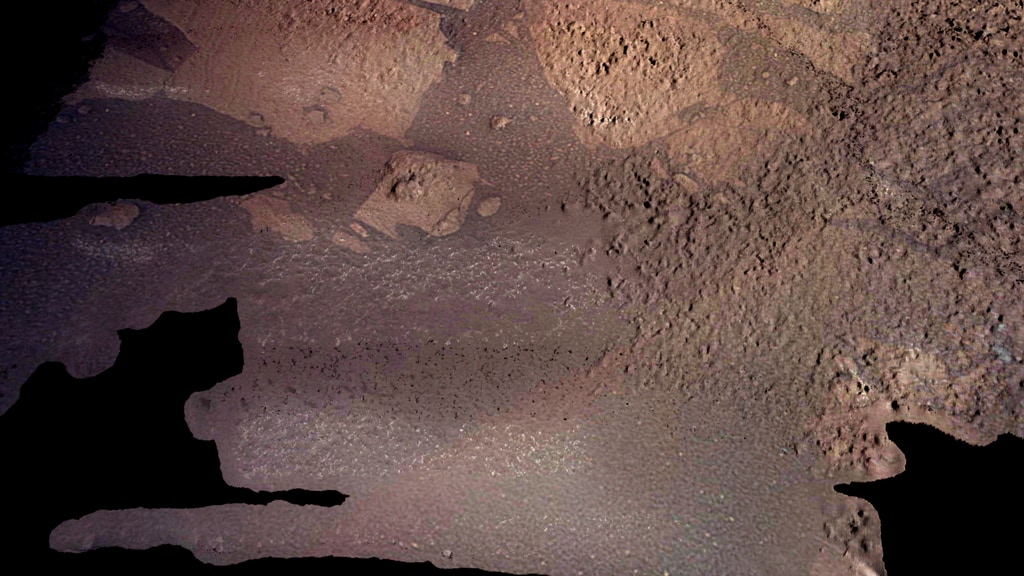
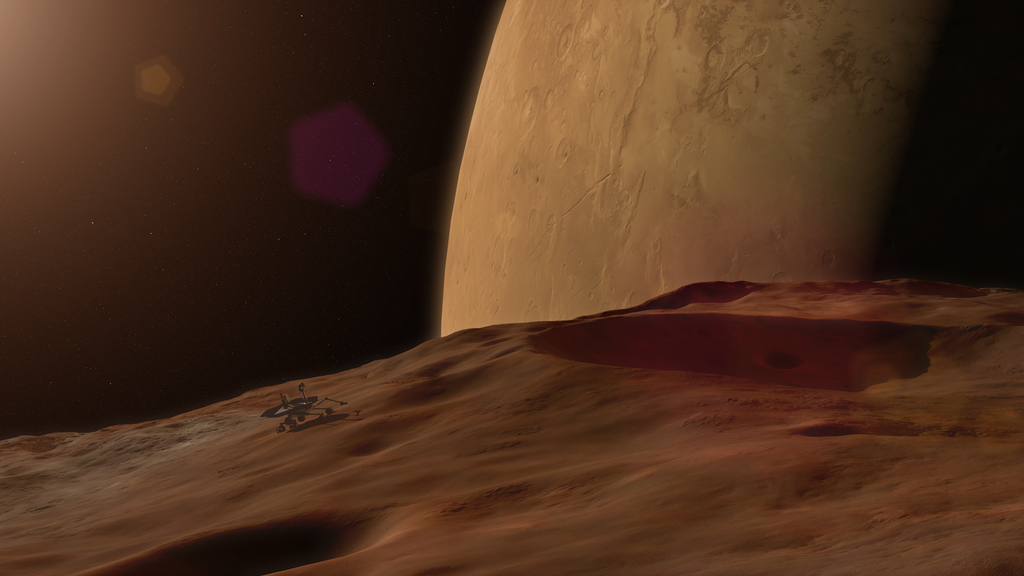
![Music credit: "Neighborhood Conspiracy" by Brice Davoli [SACEM]; Koka Media [SACEM], Universal Publishing Production Music (France) [SACEM]; Killer Tracks Production MusicWatch this video on the NASA Goddard YouTube channel.](/vis/a010000/a011900/a011946/hubble_phobos_thumbnail.png)
![60-second video for social mediaMusic: "Season of Swag" by David Travis Edwards and Kenneth Barbee, Killer Tracks [BMI] and Soundcast Music [SESAC]](/vis/a010000/a012200/a012260/Hubble_Mars_Instagram_29.97.00148_print.jpg)
